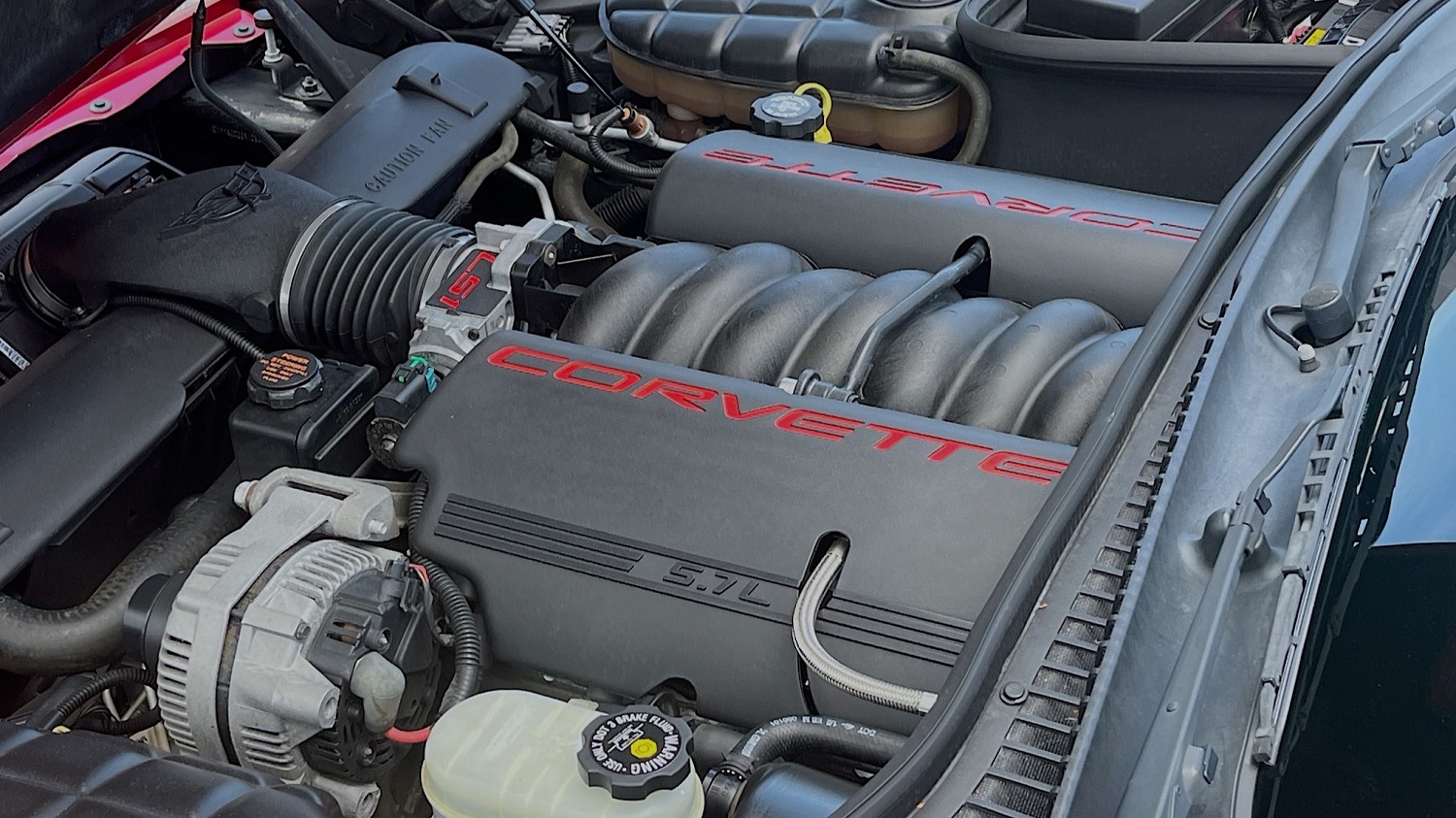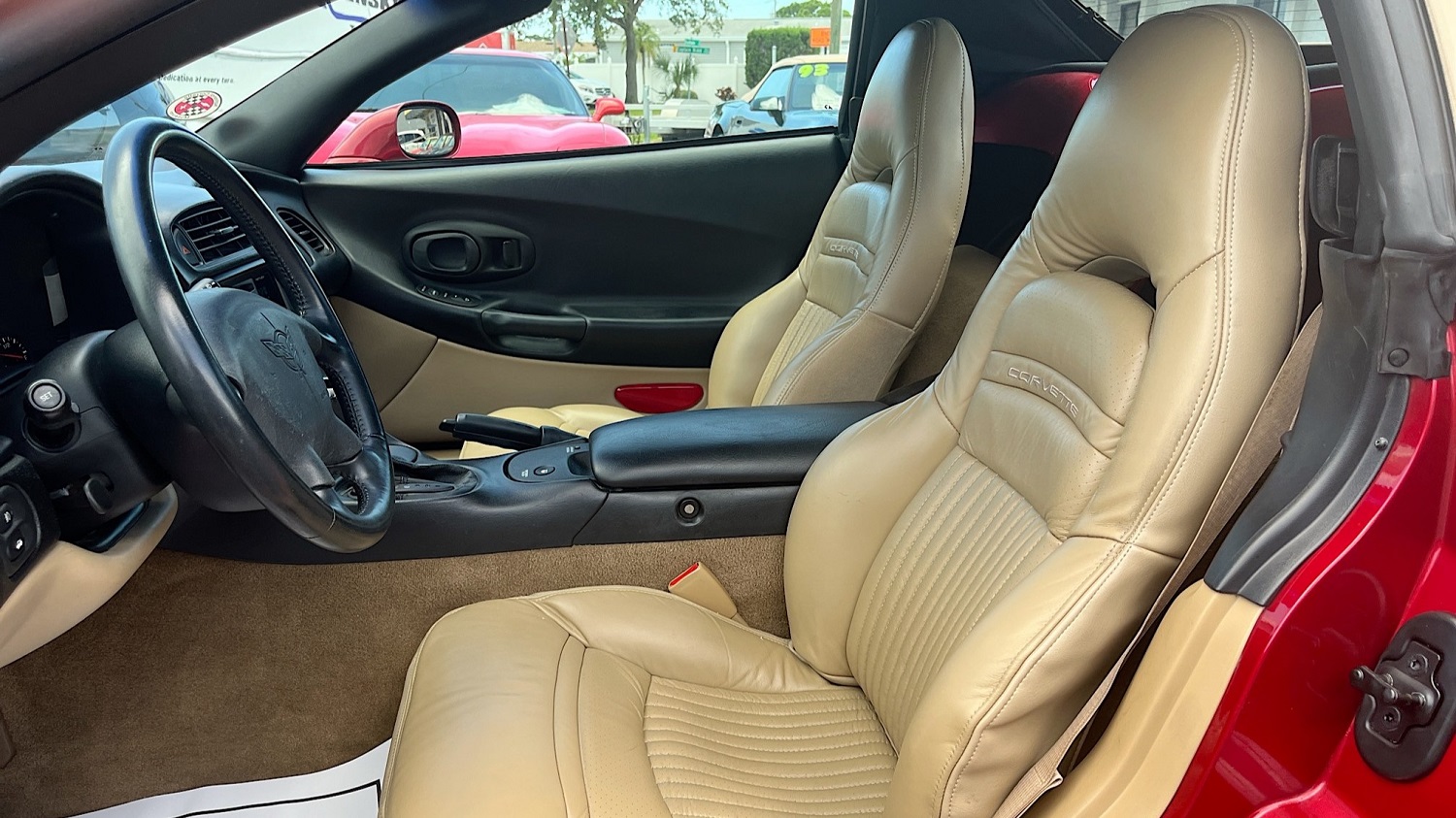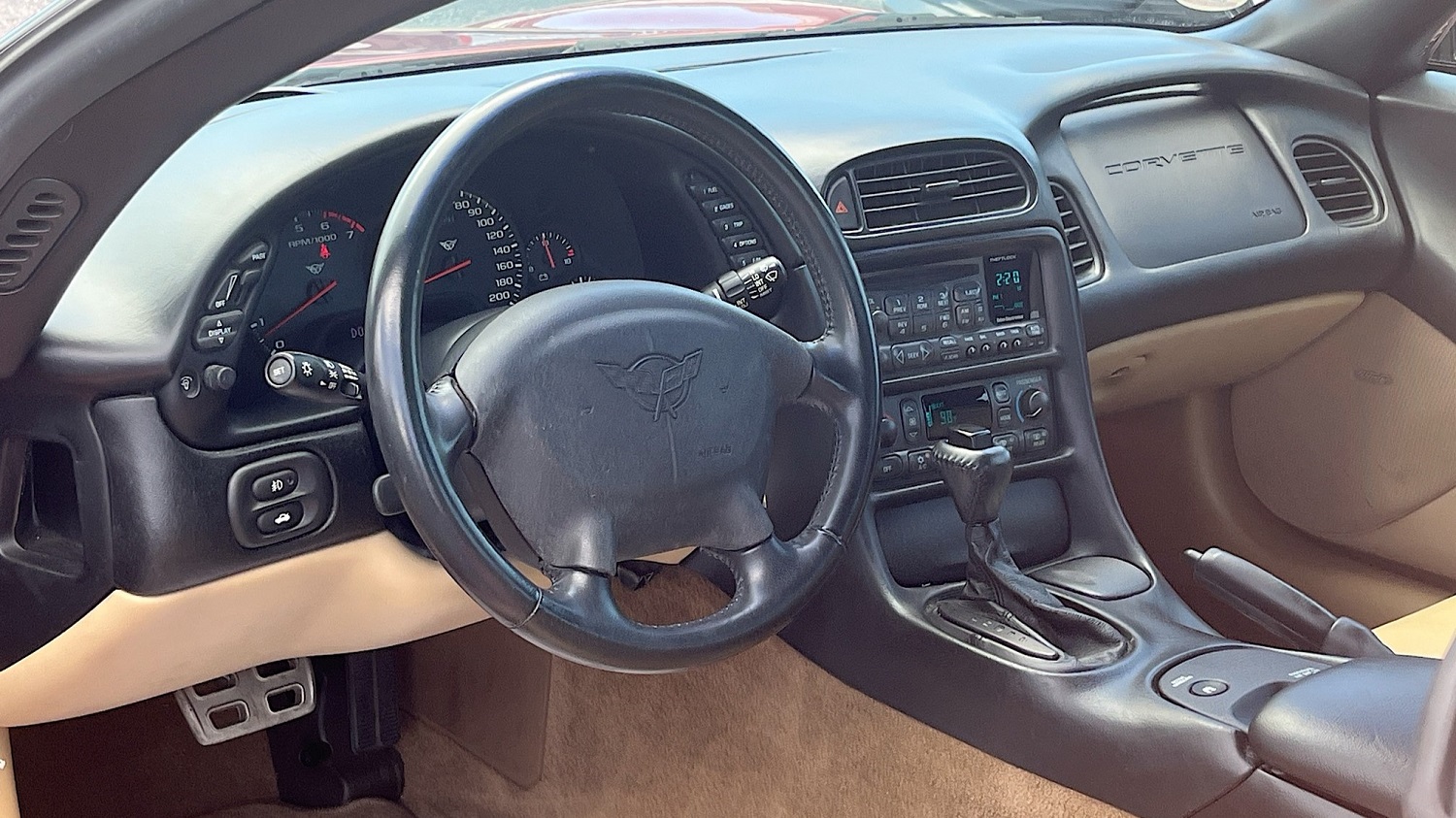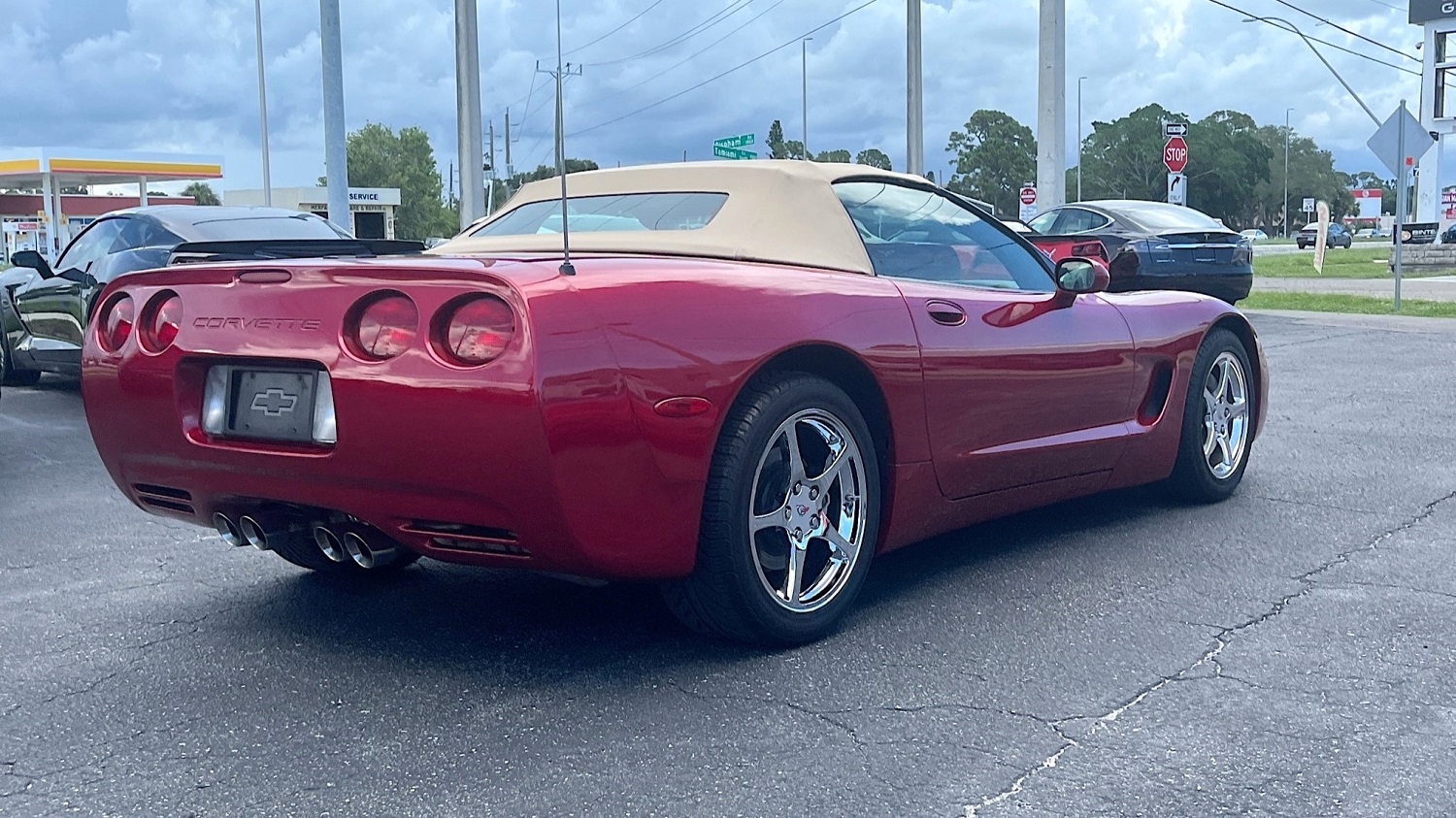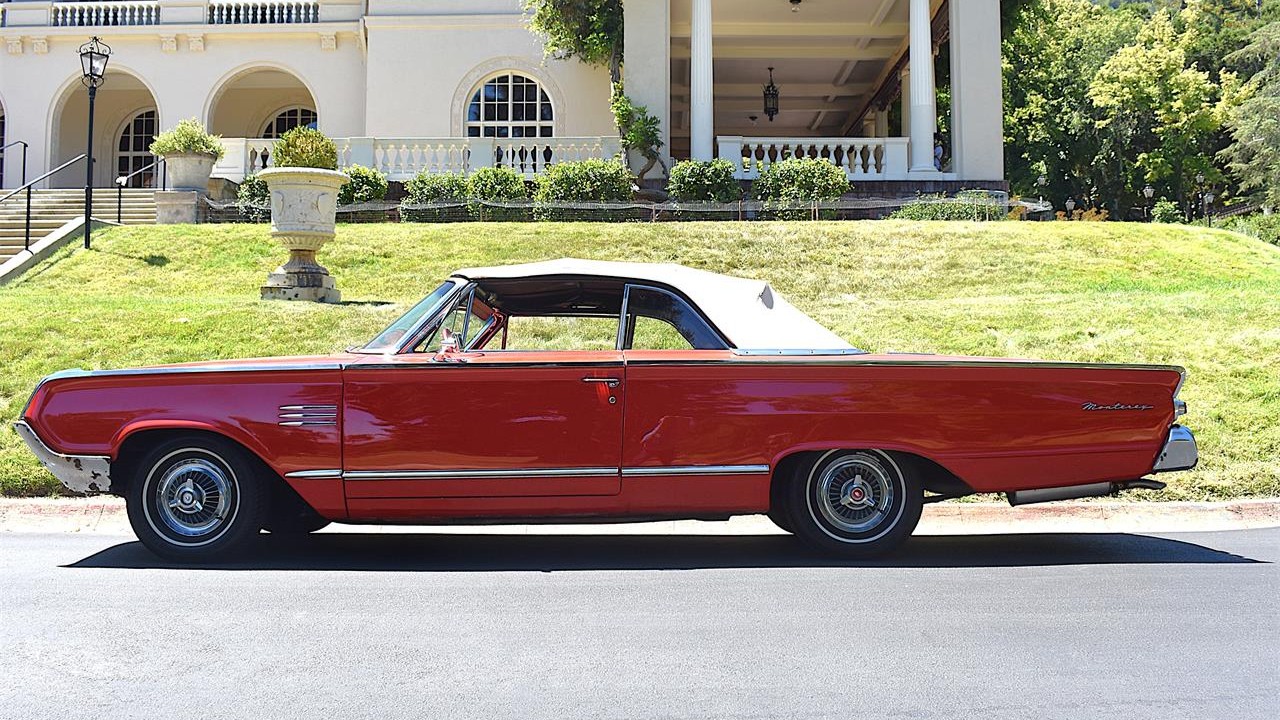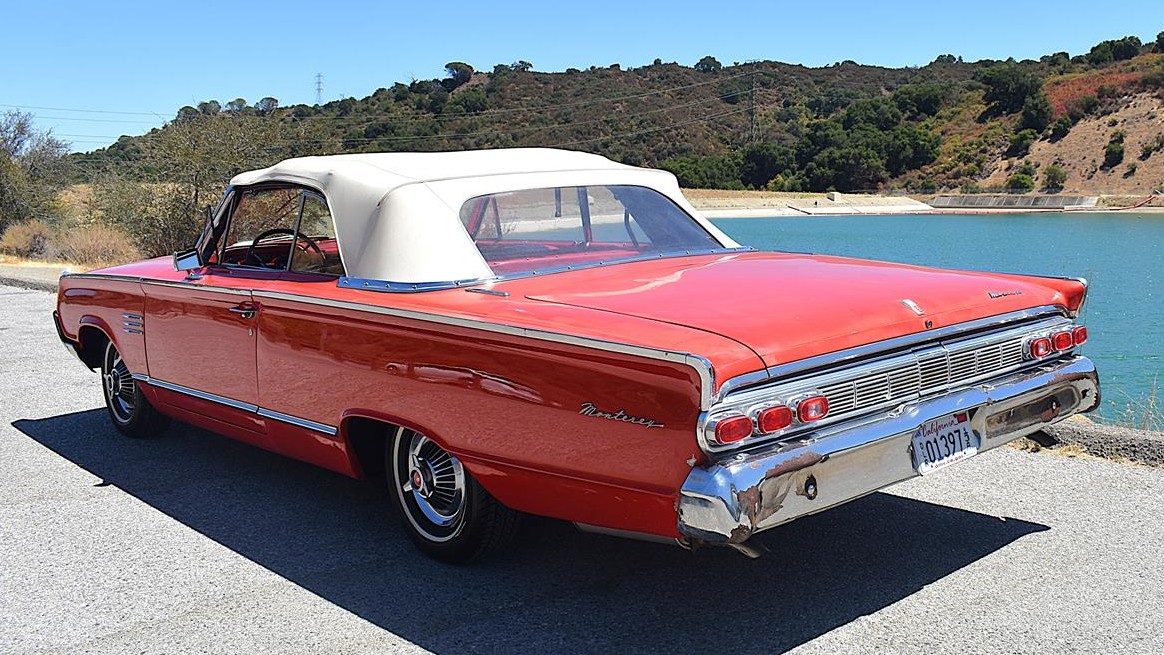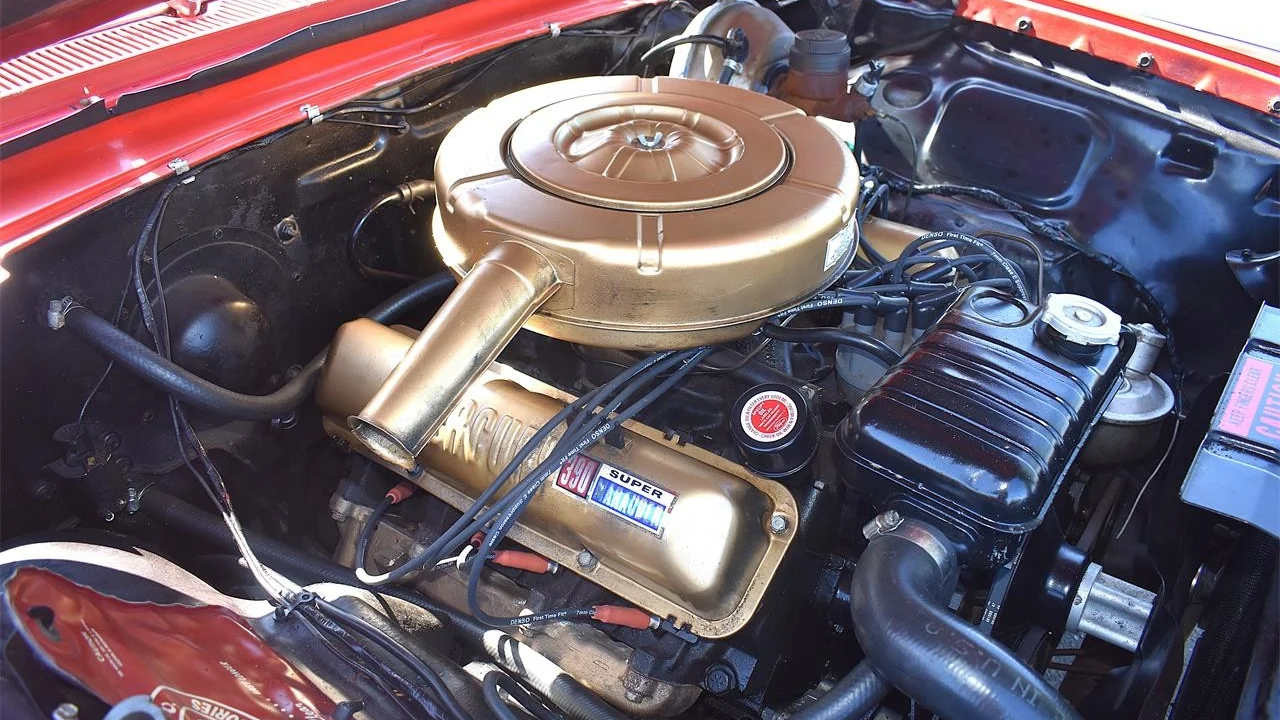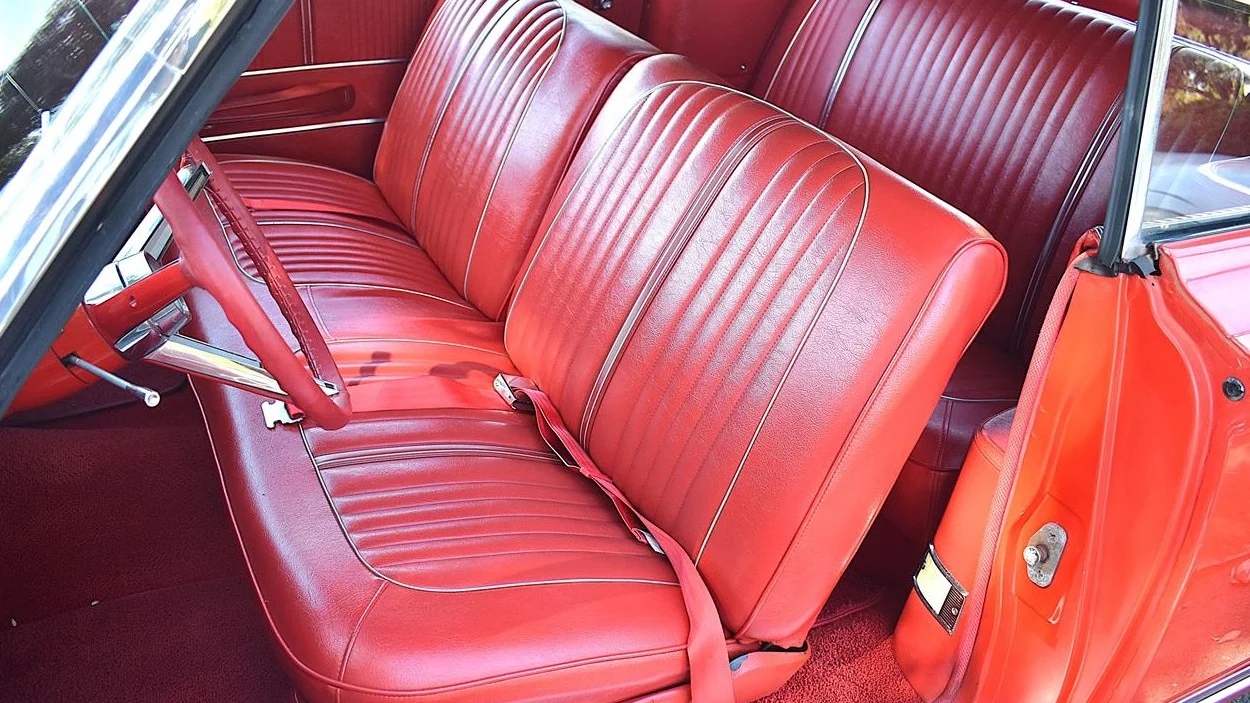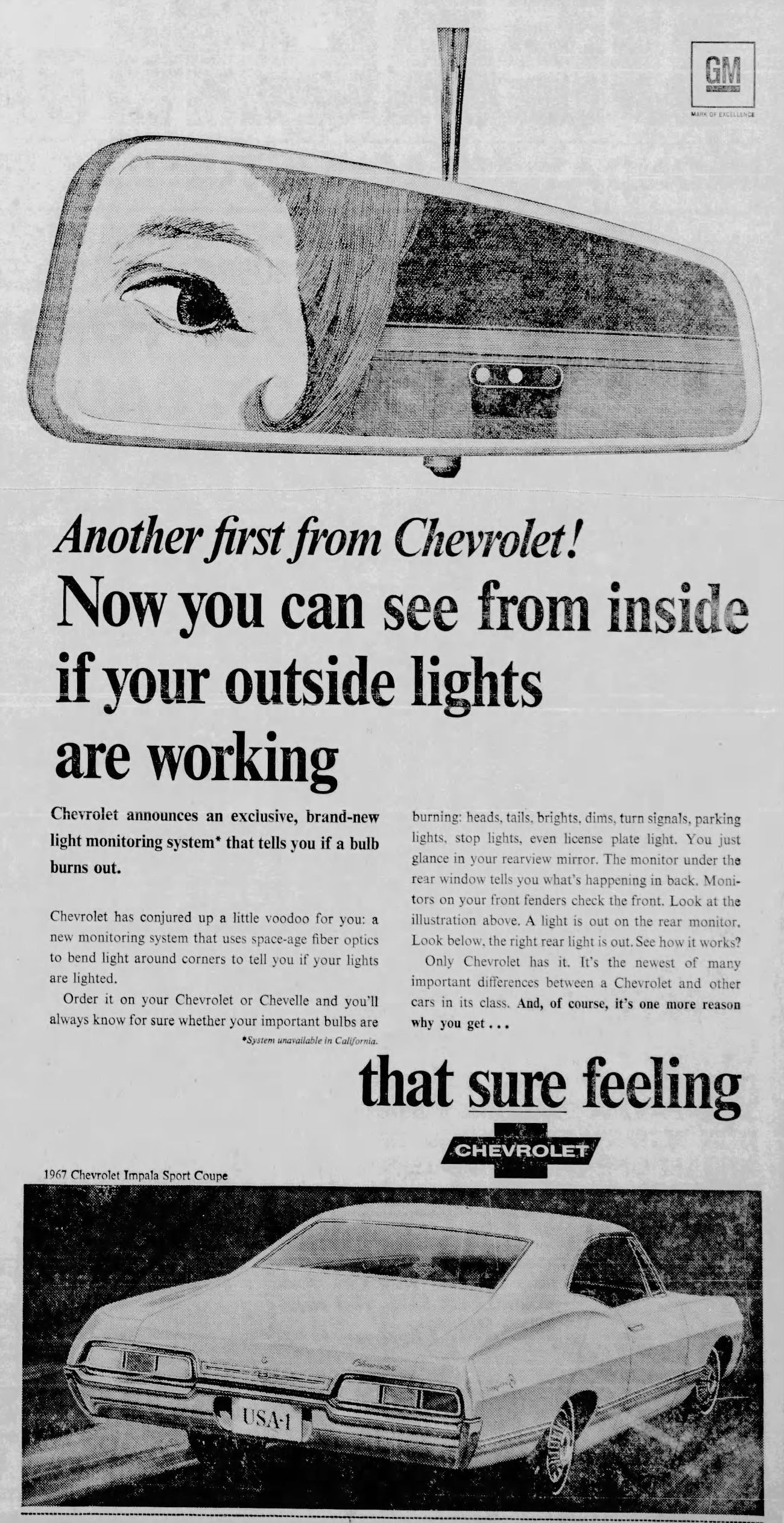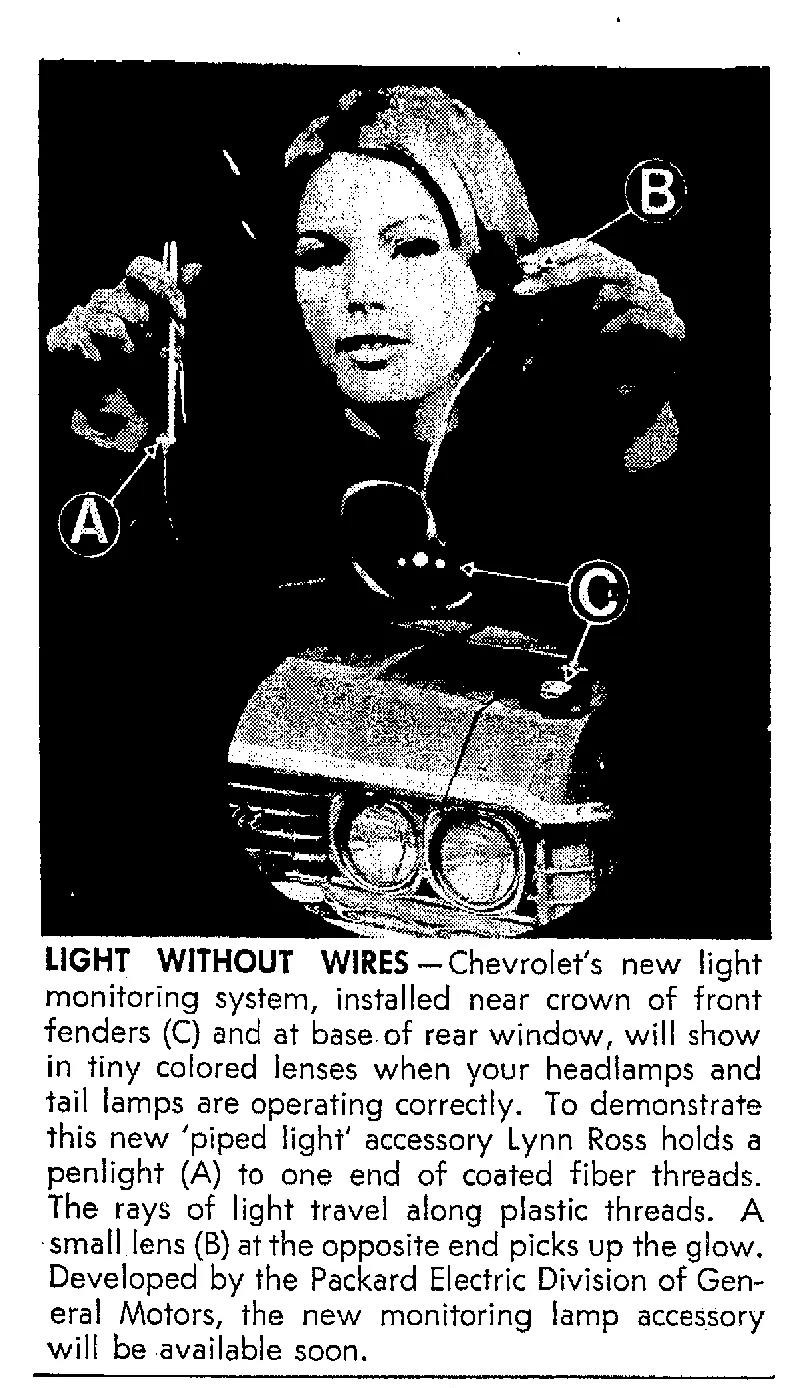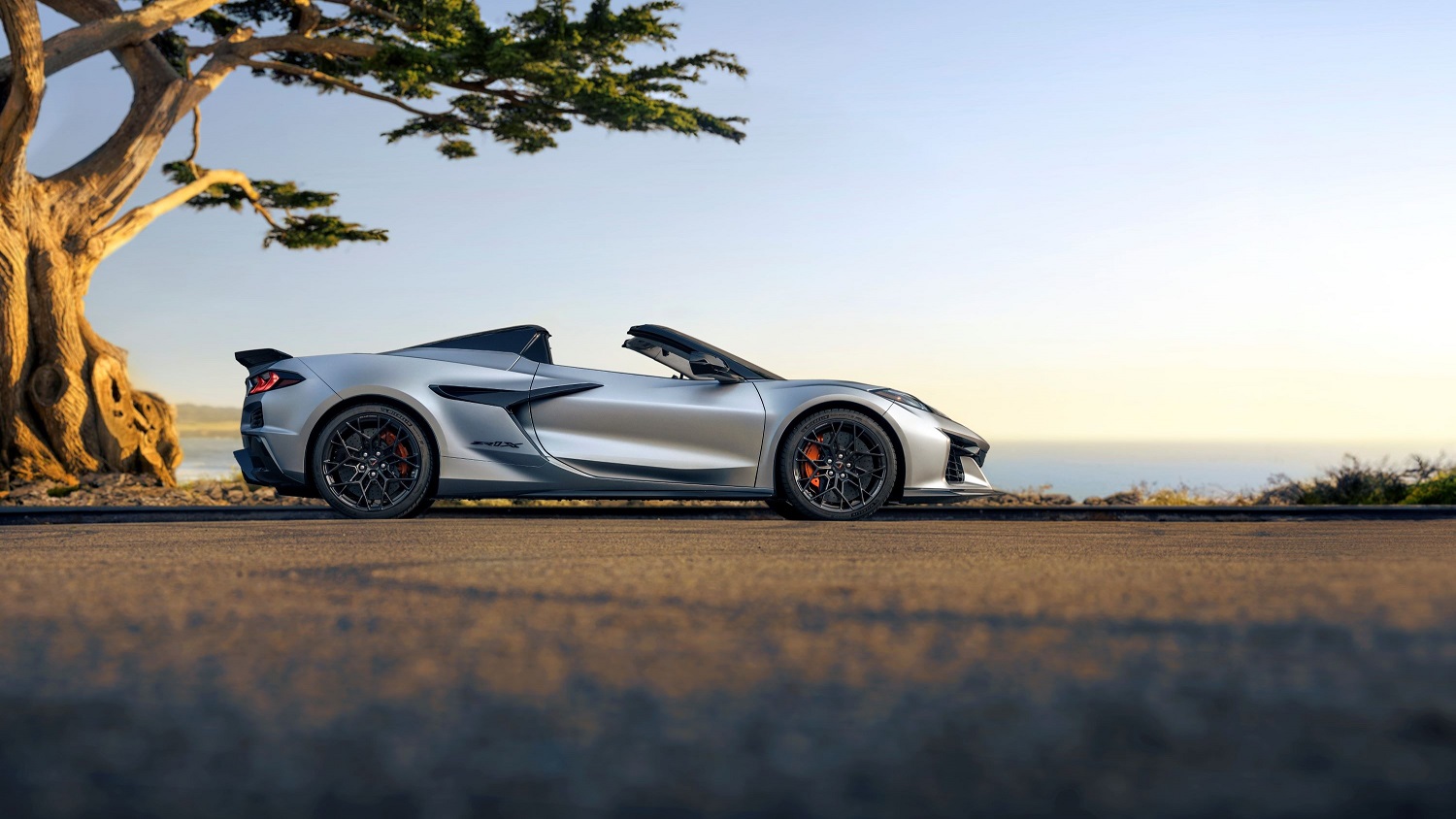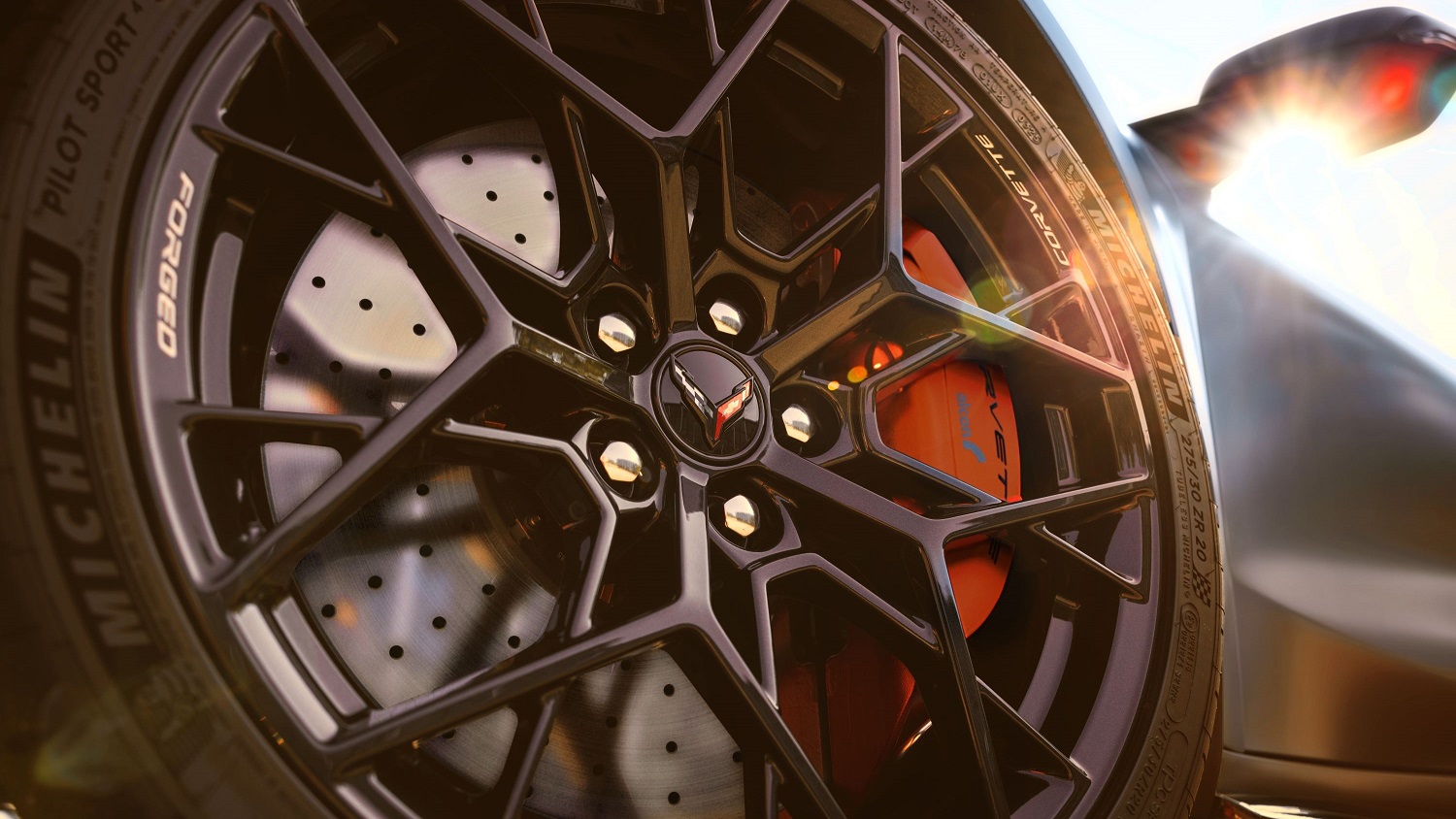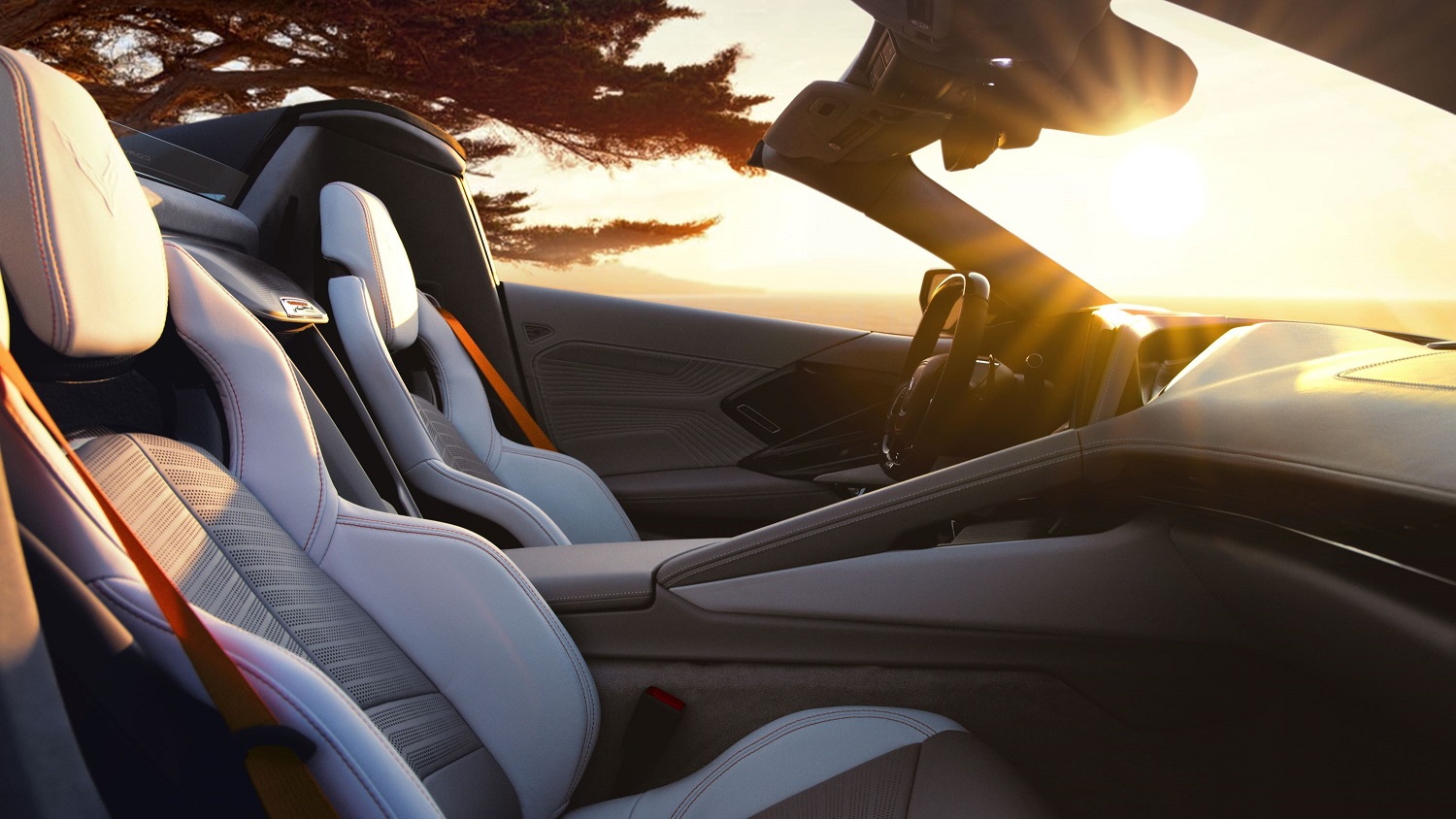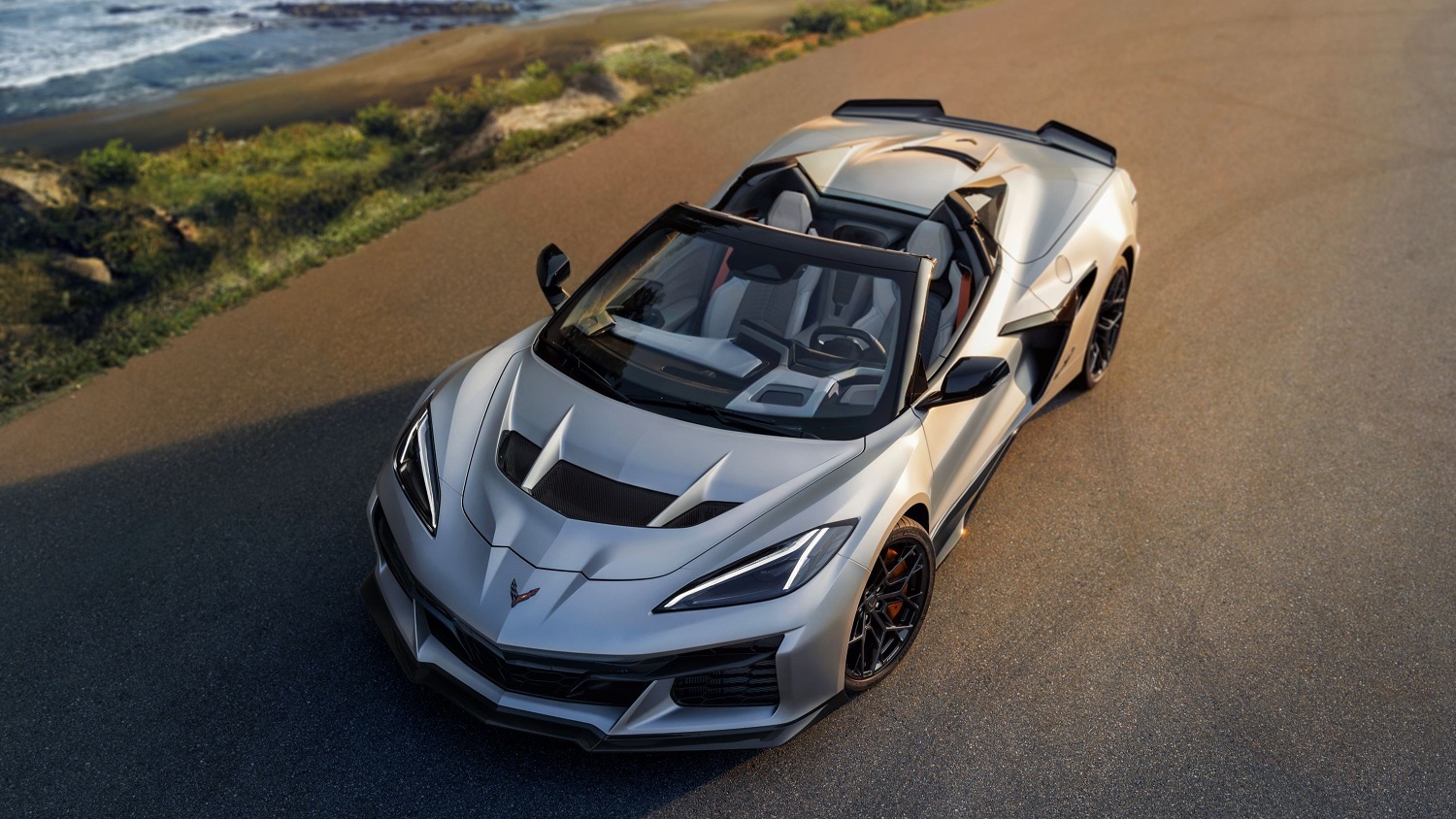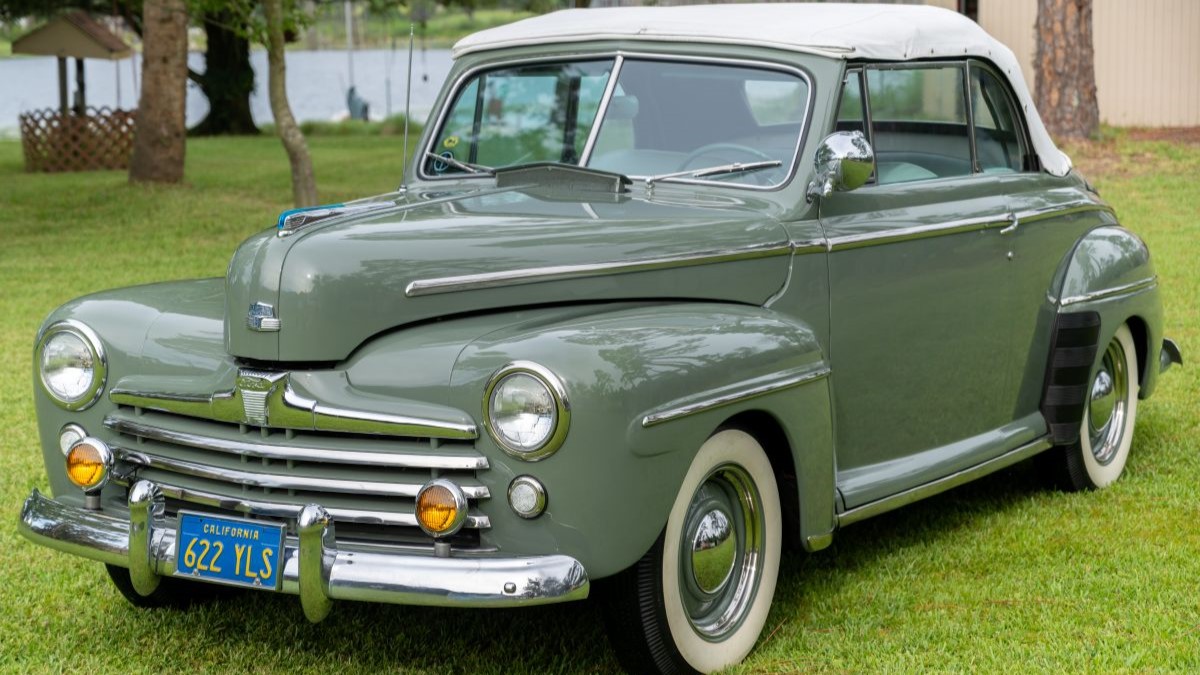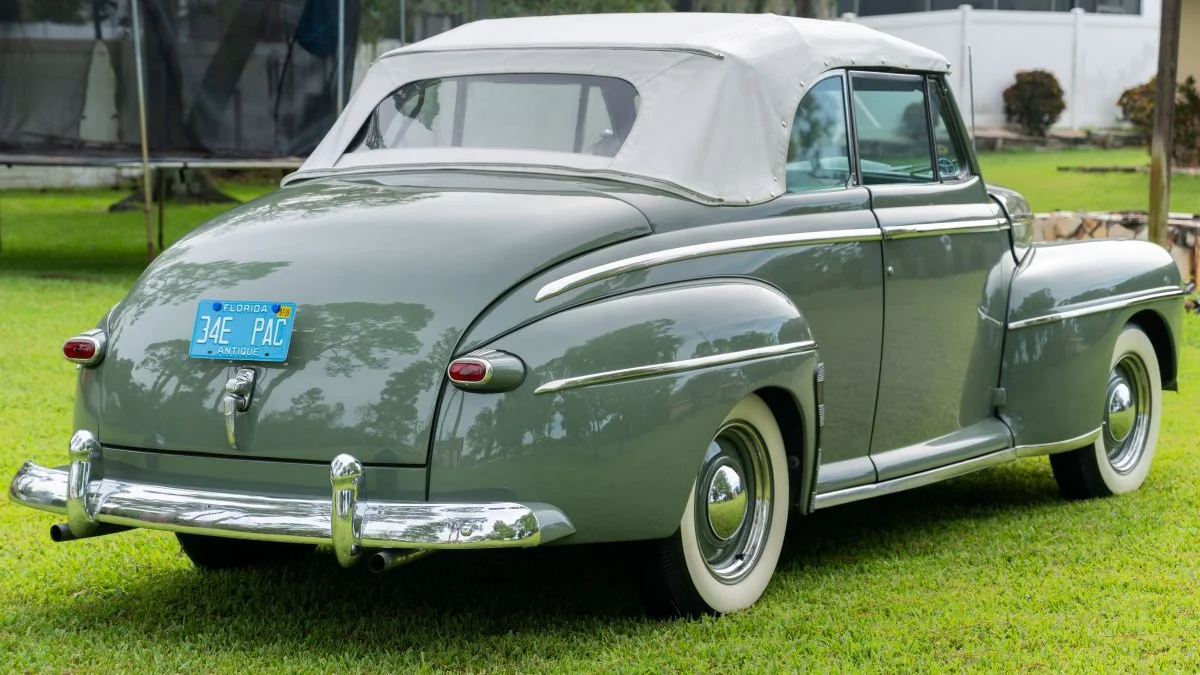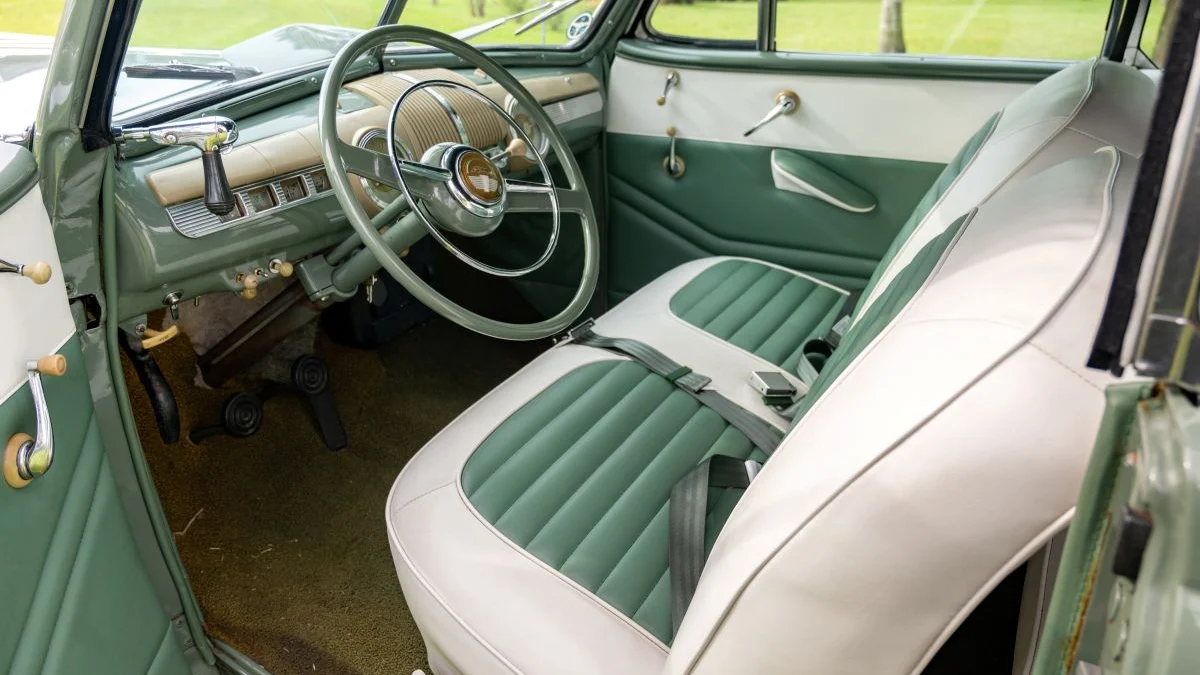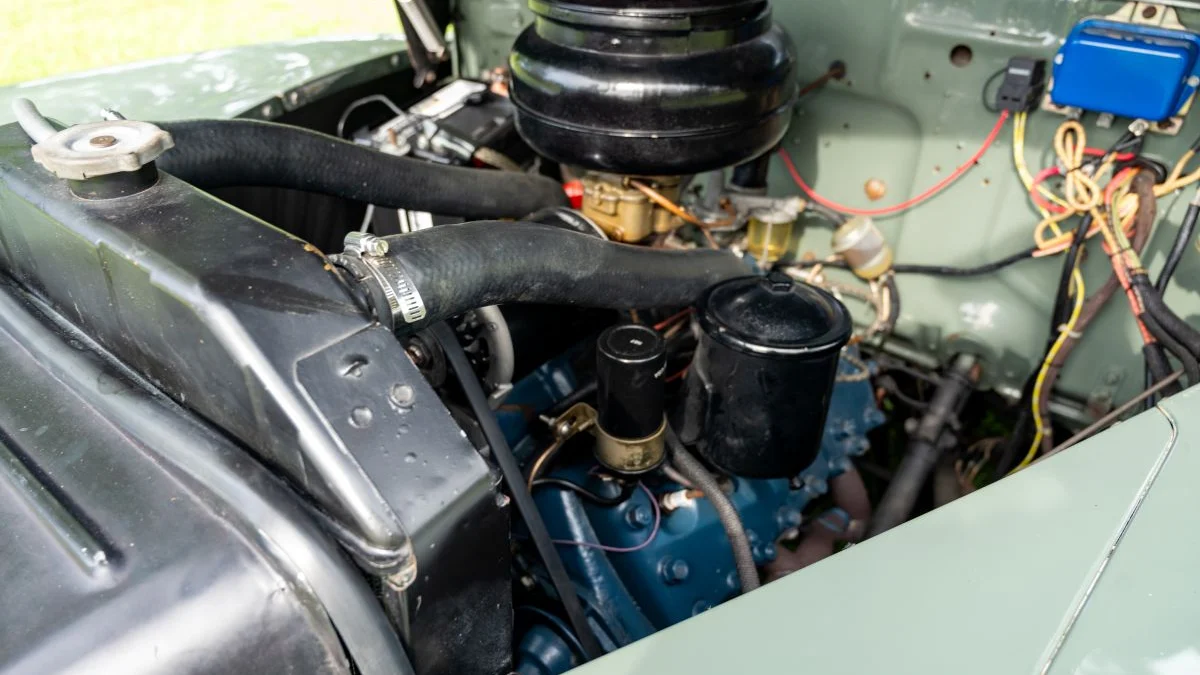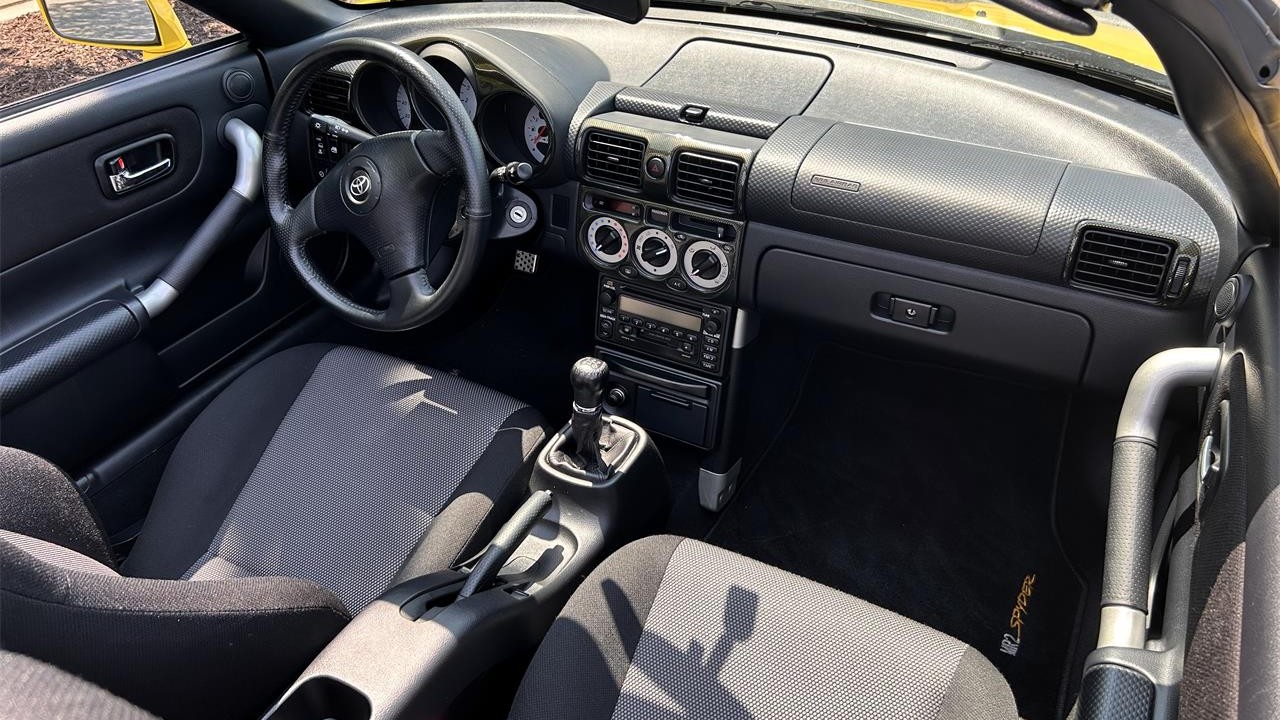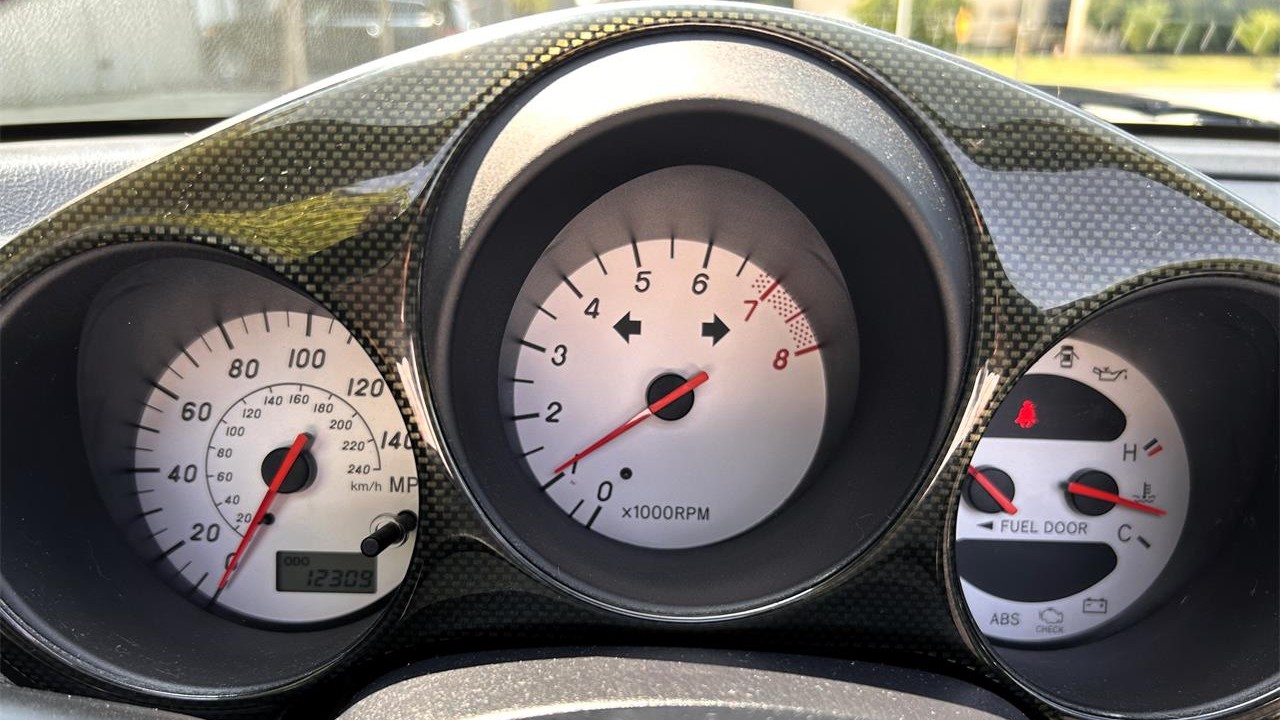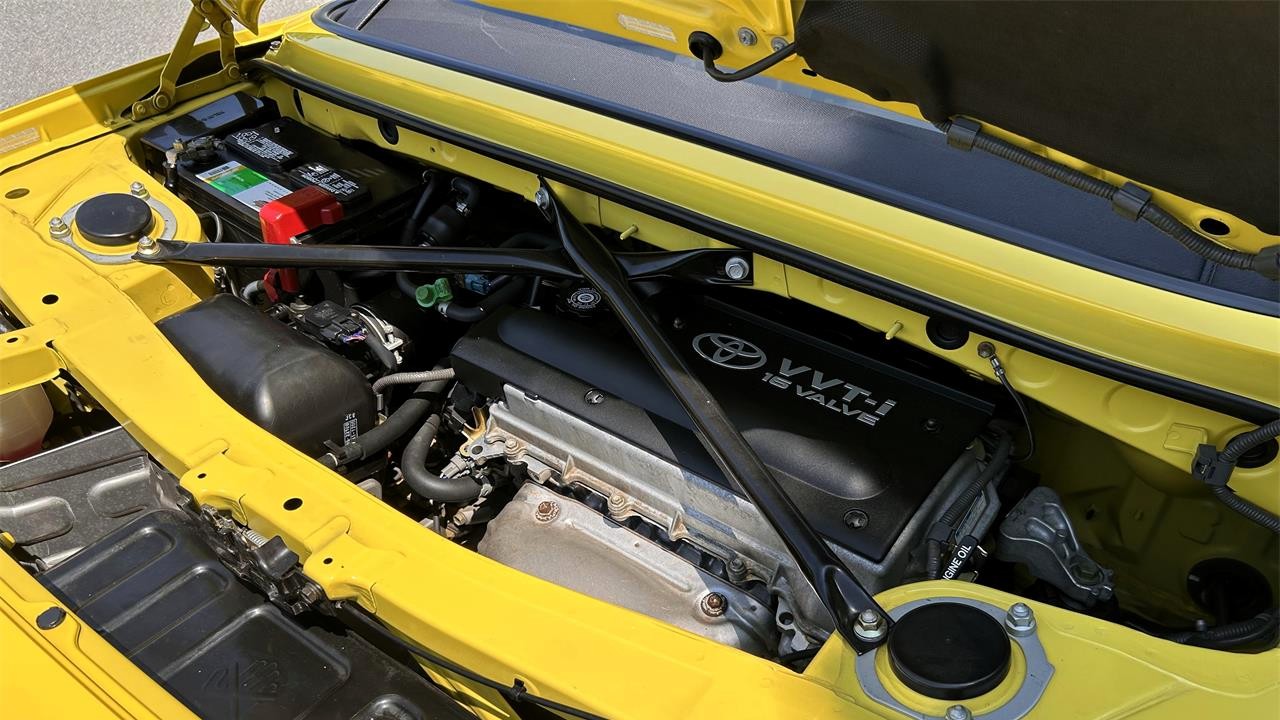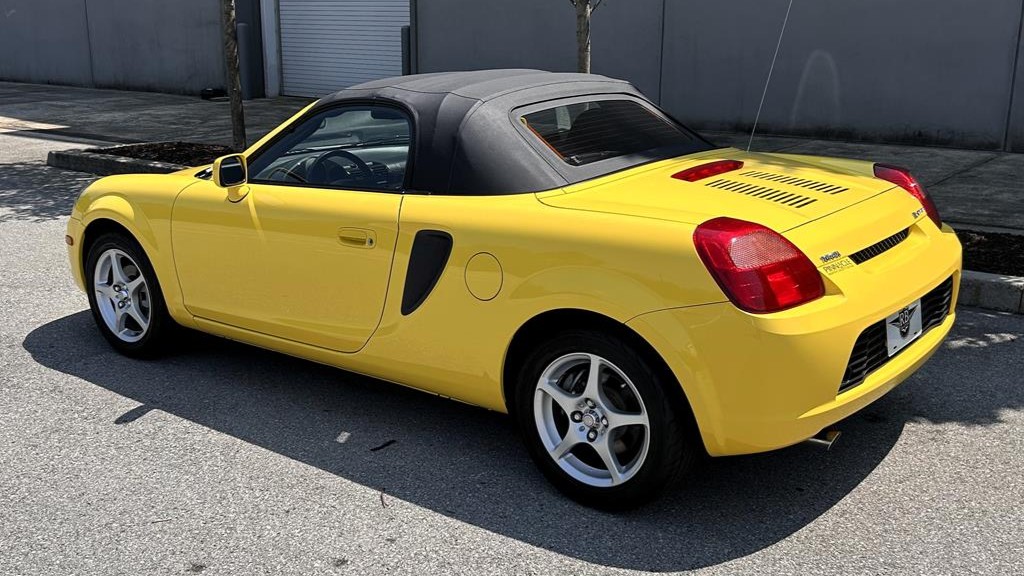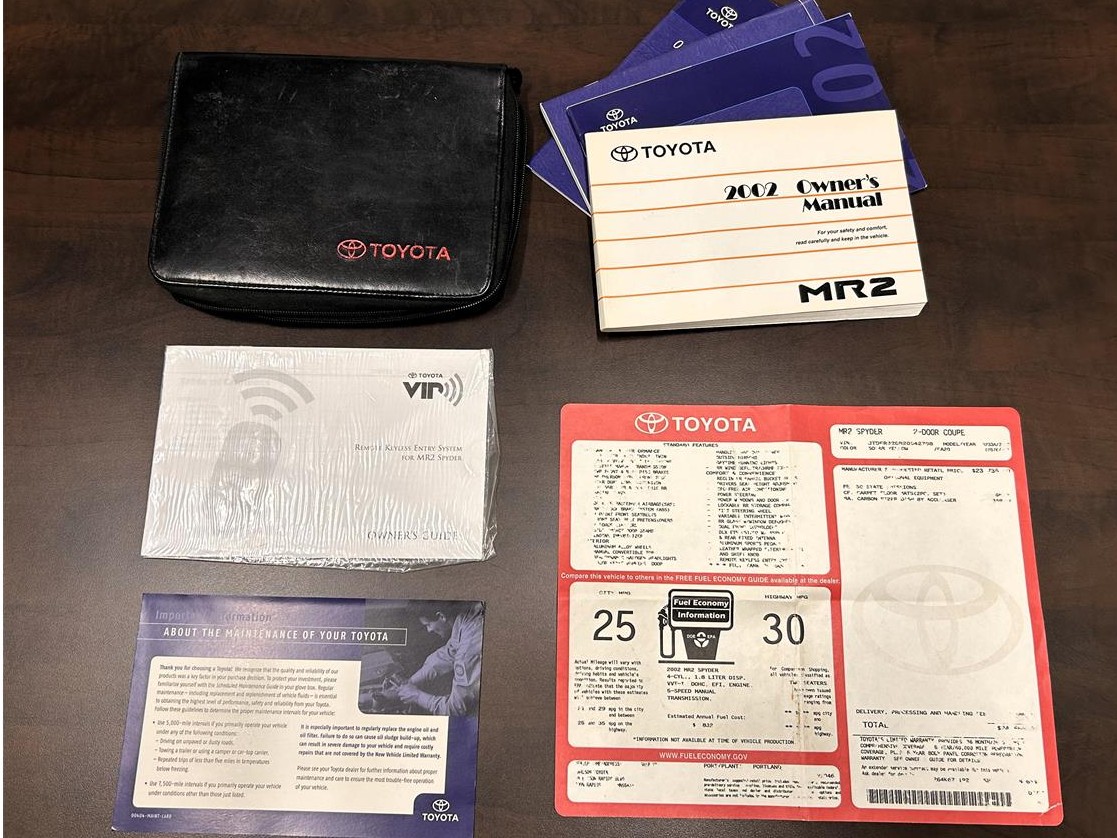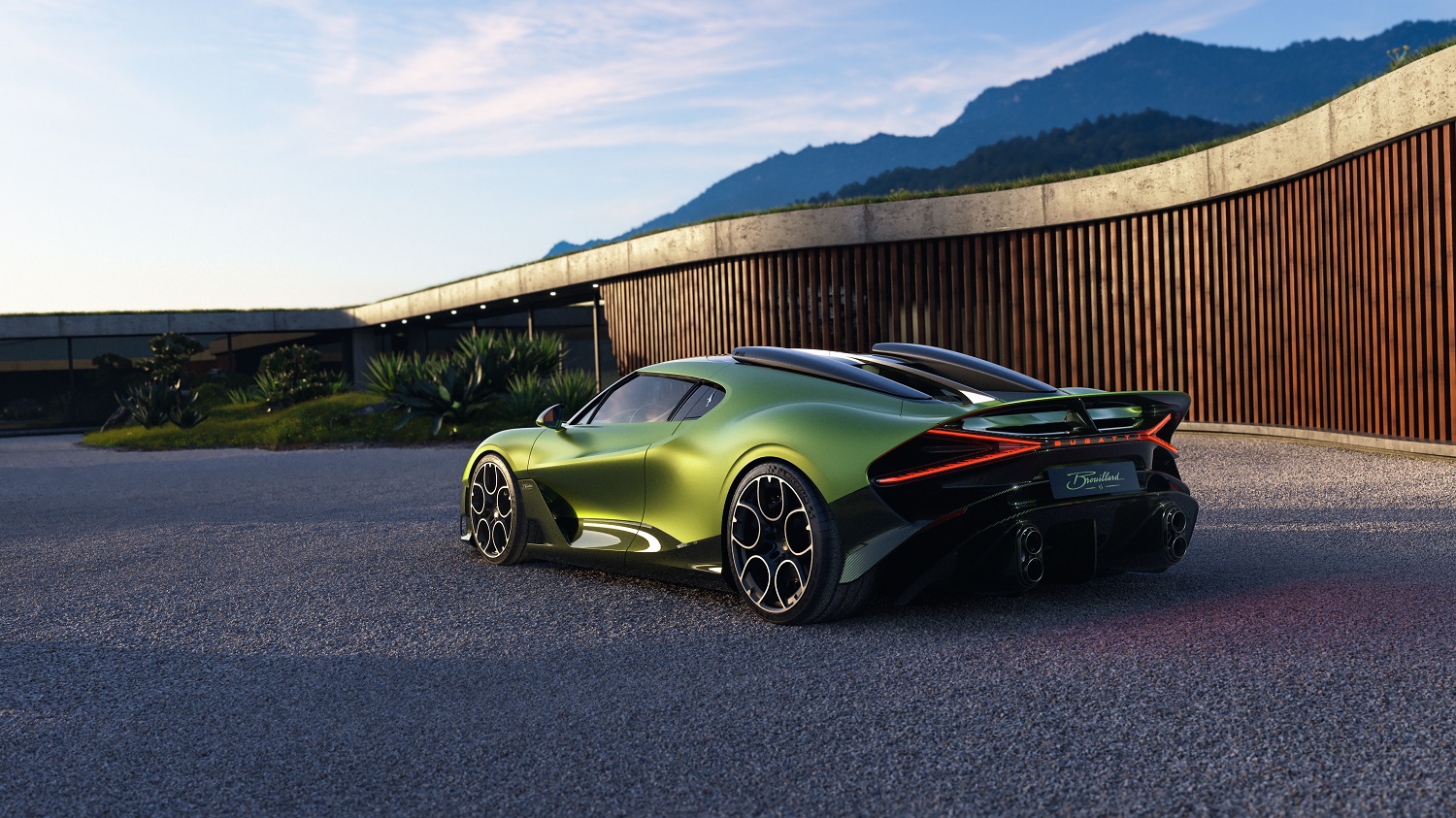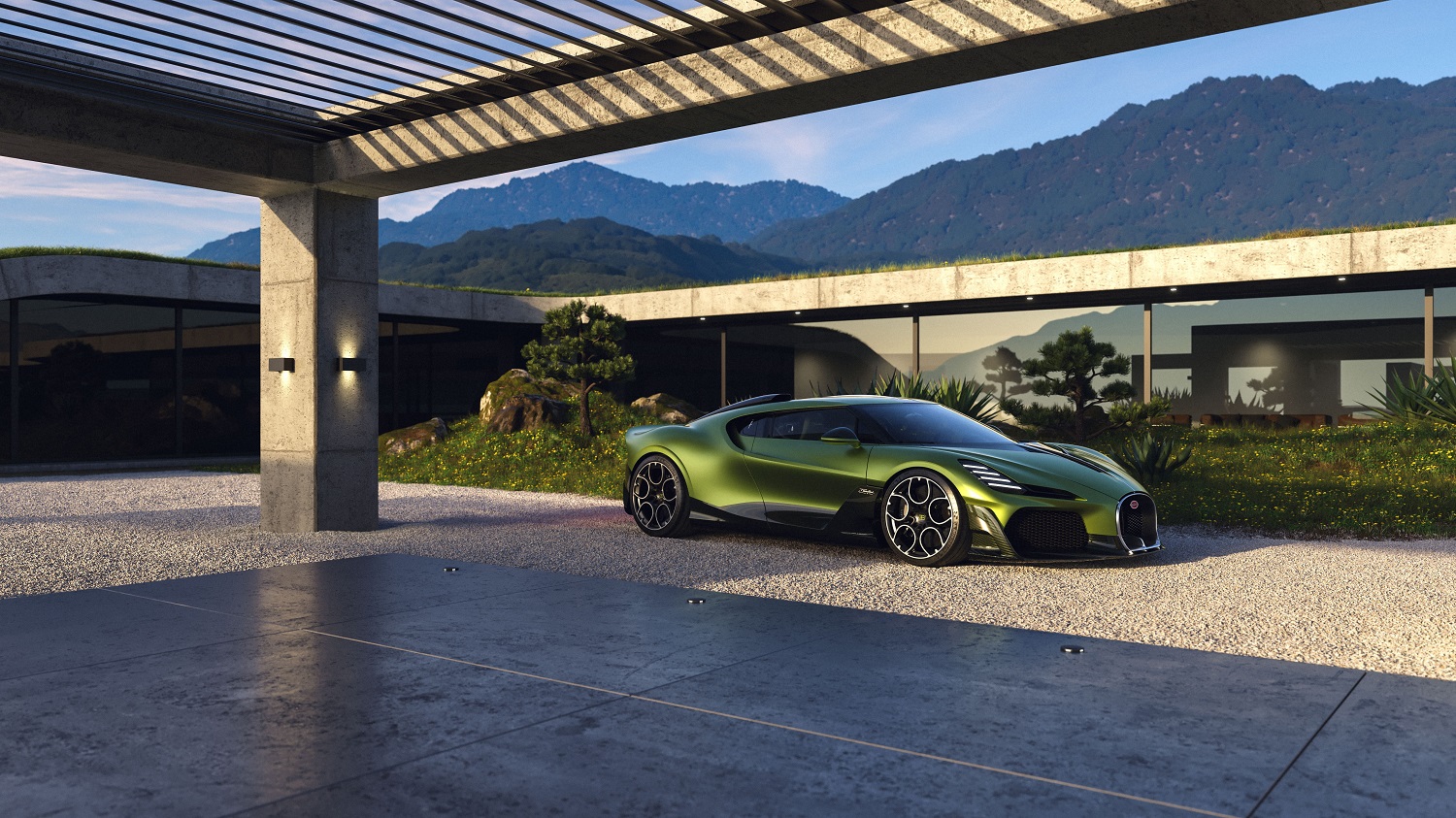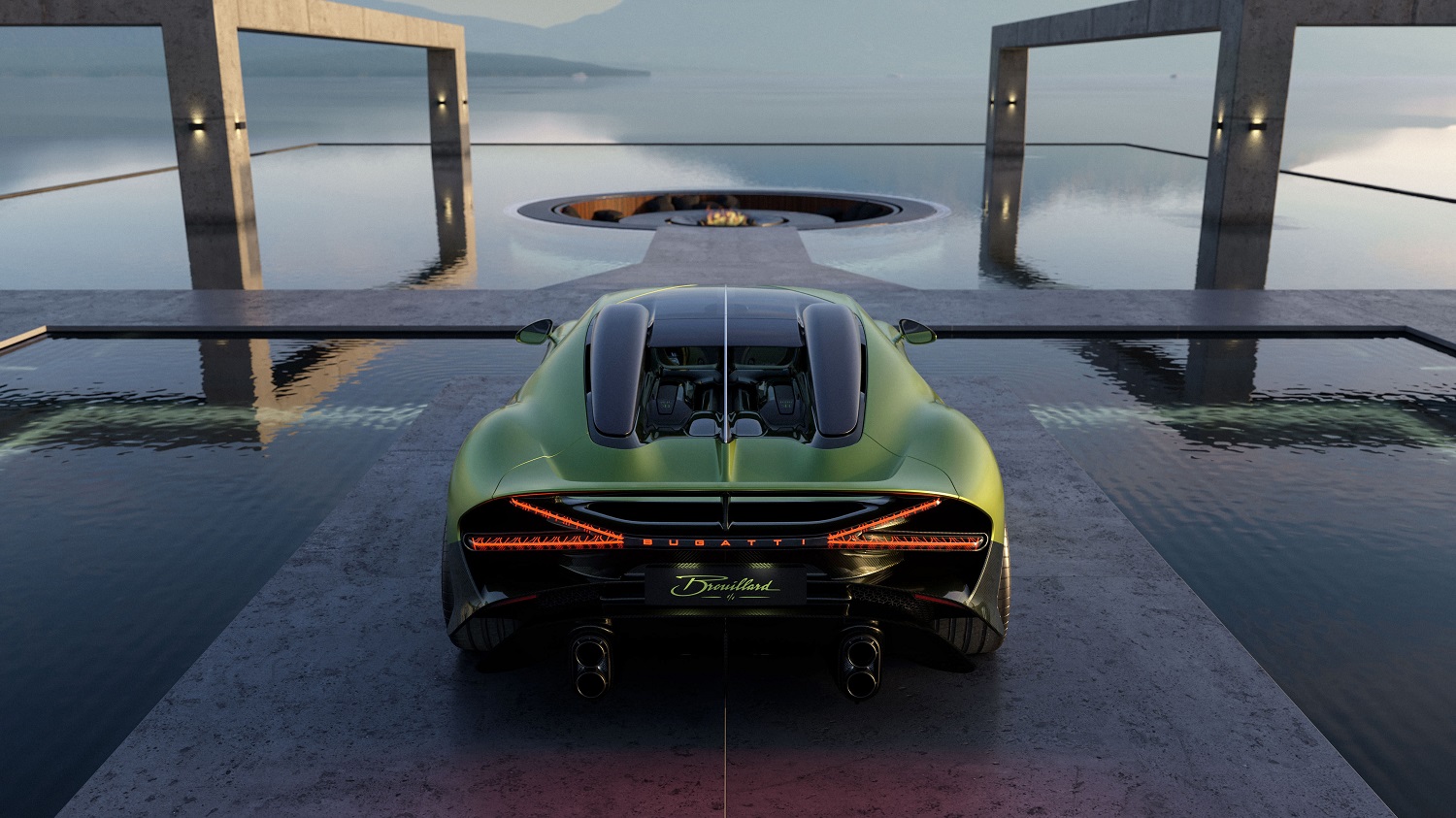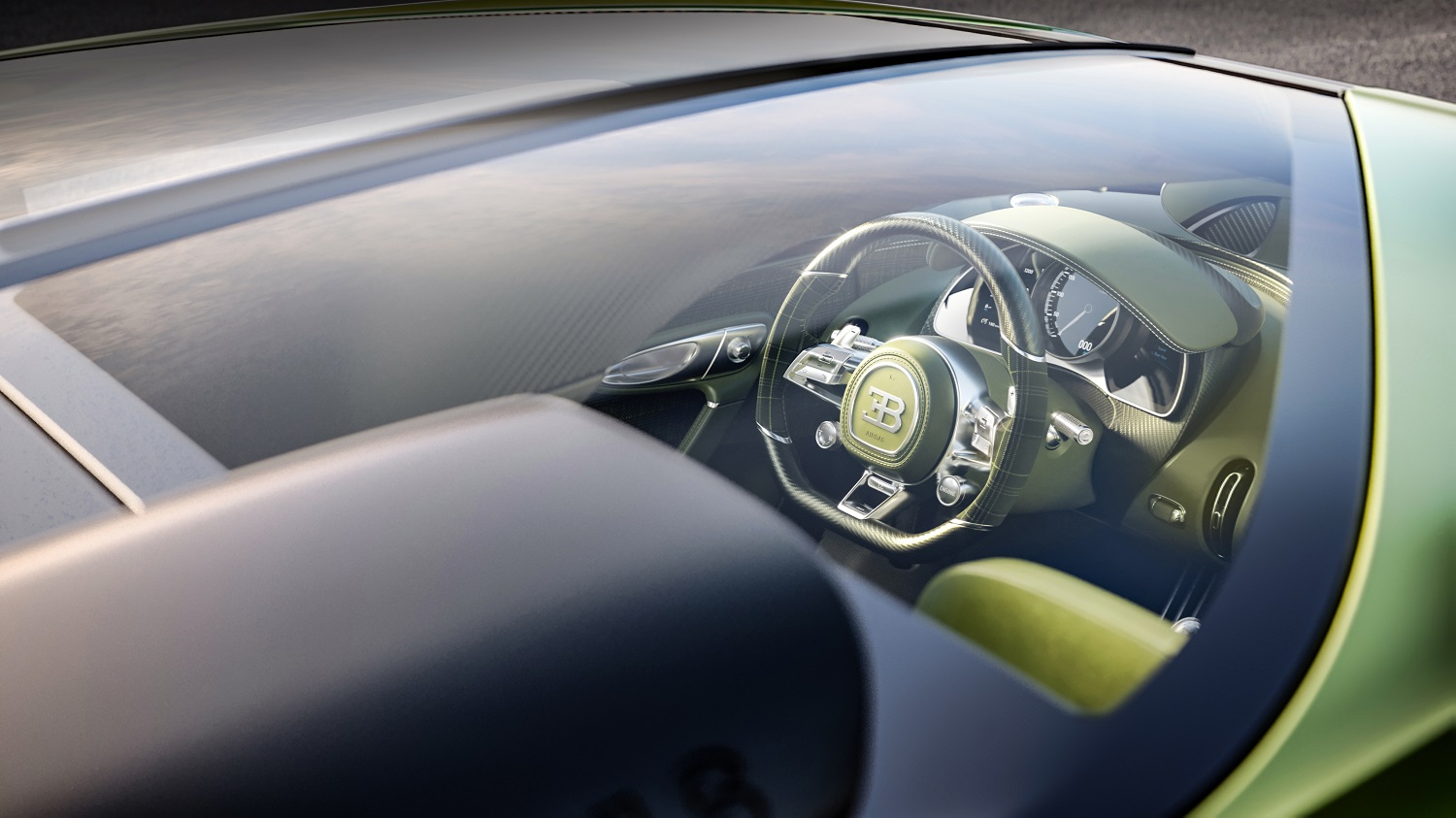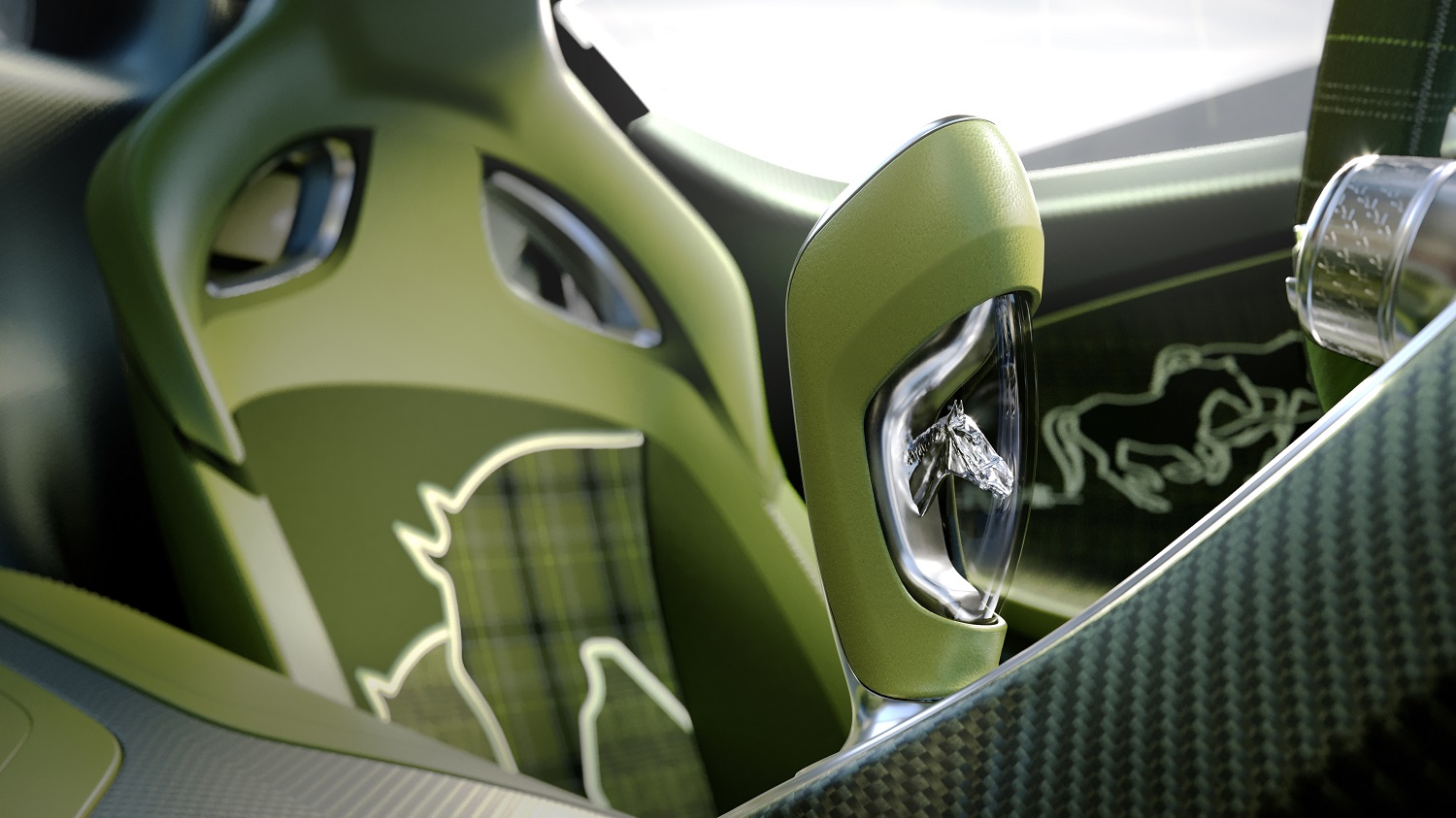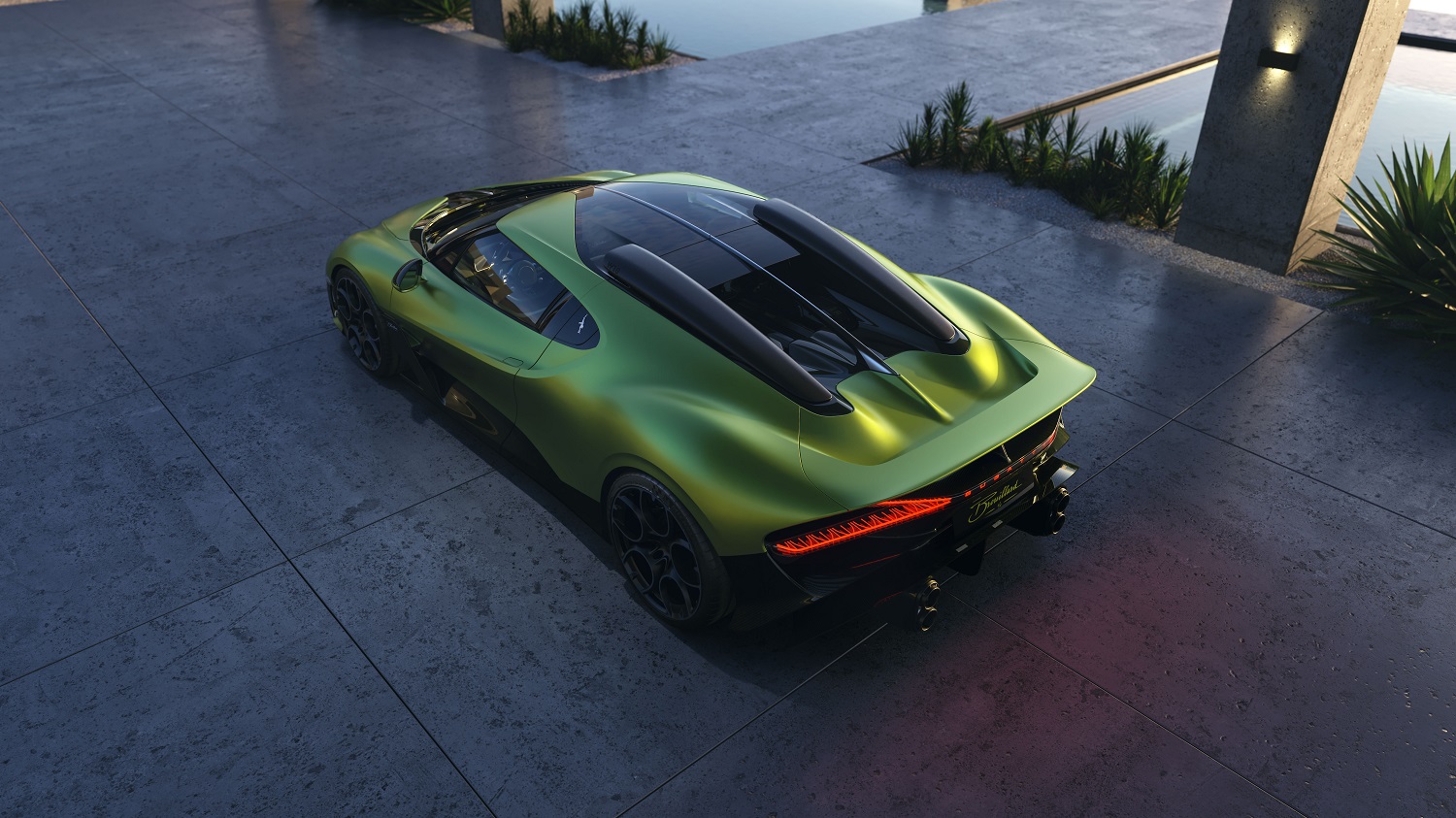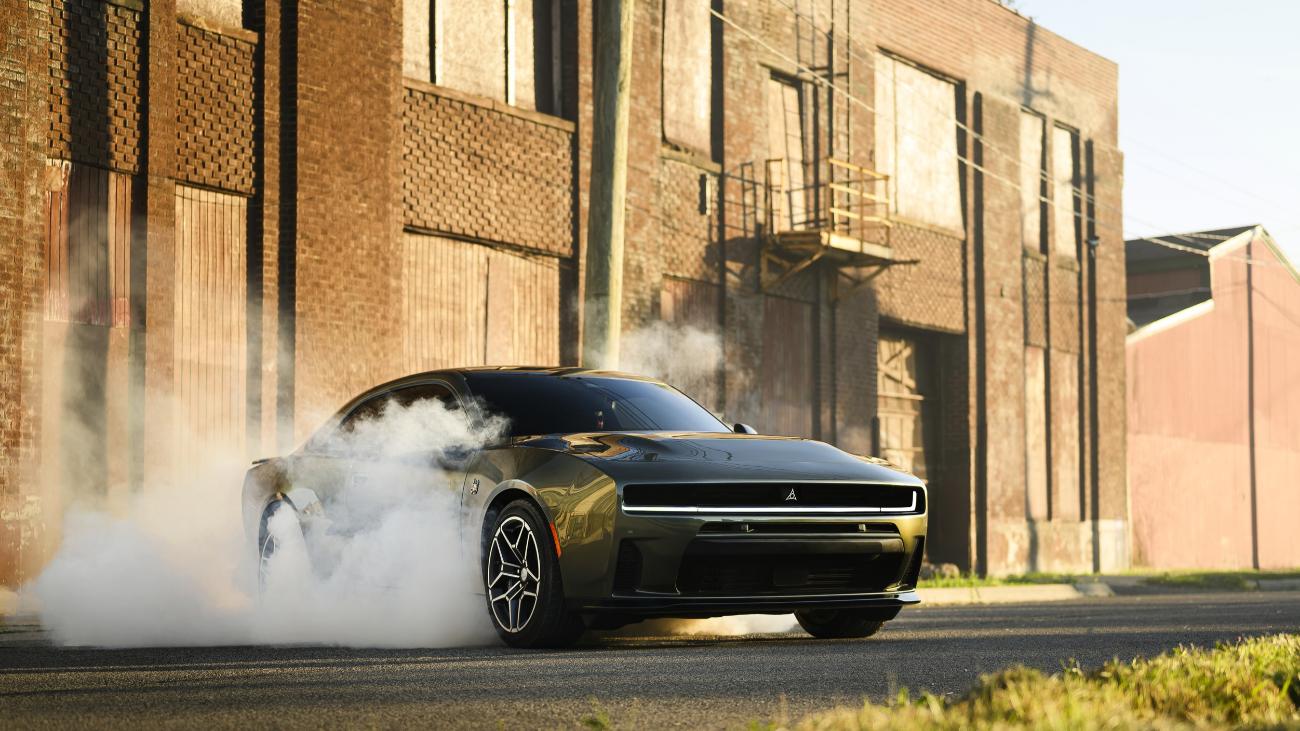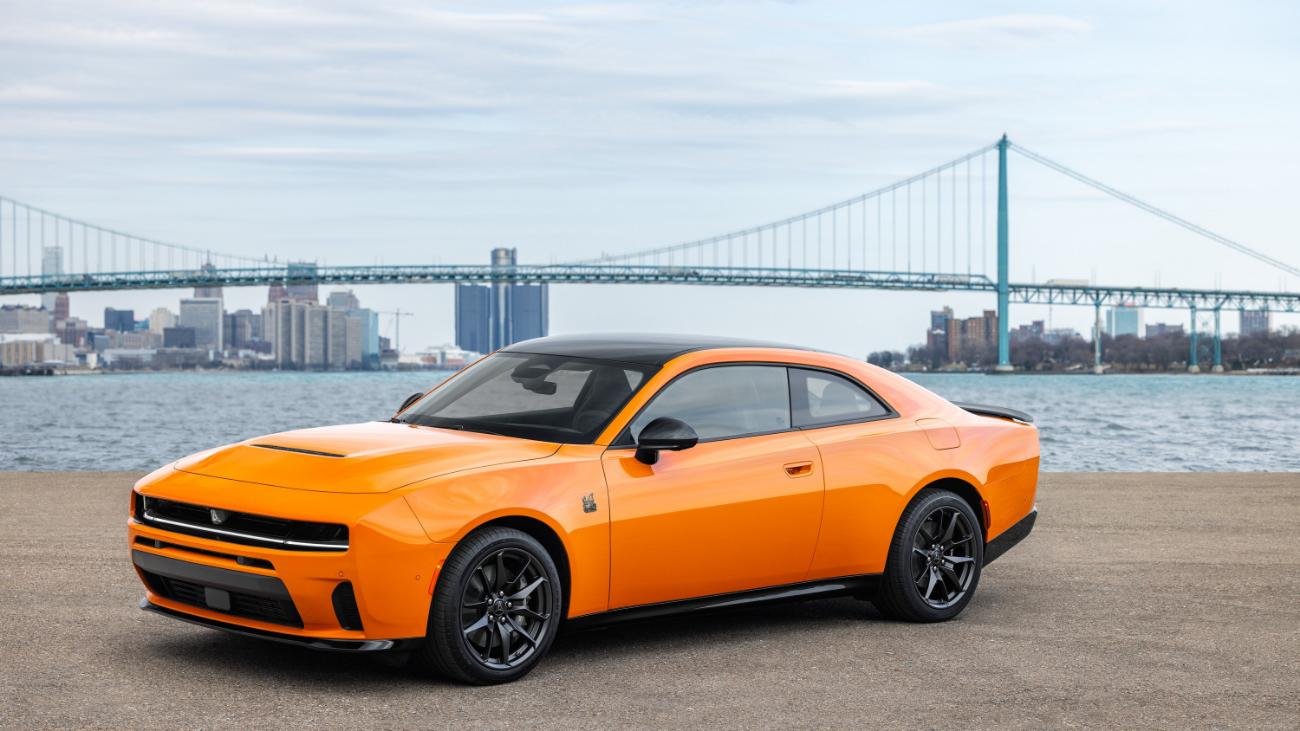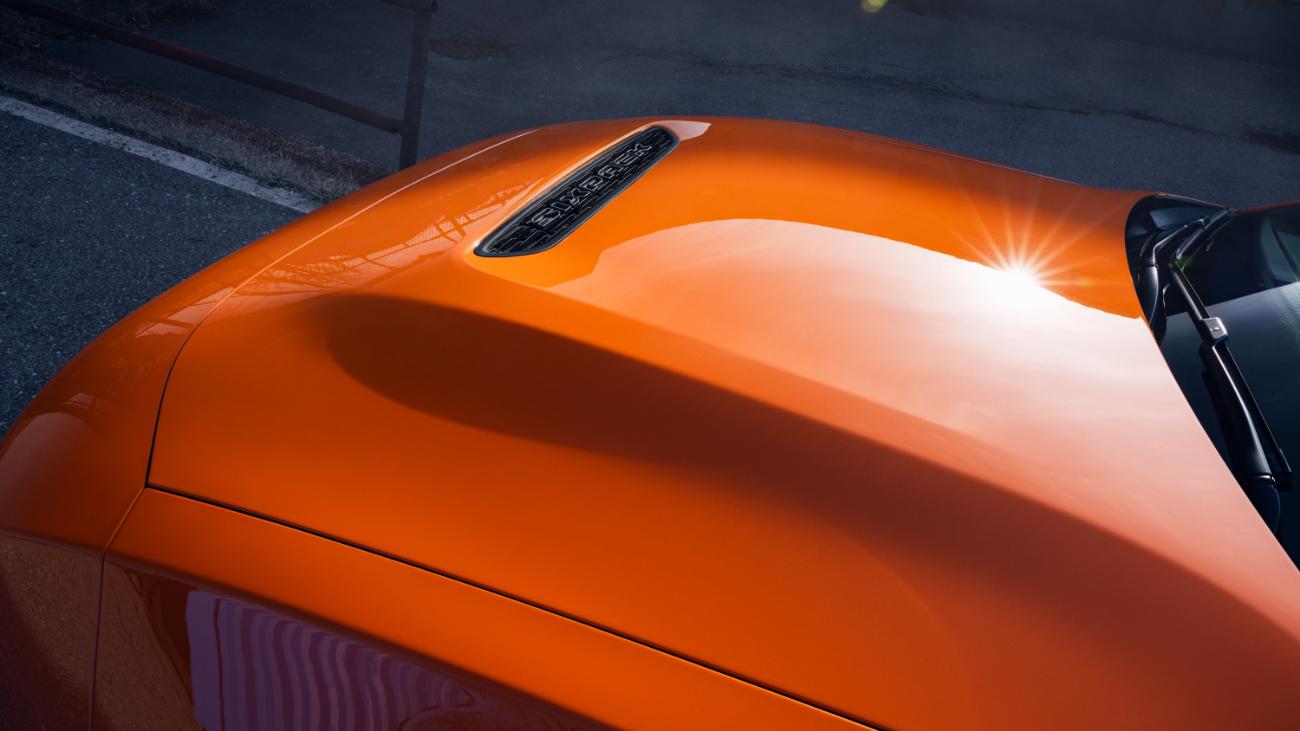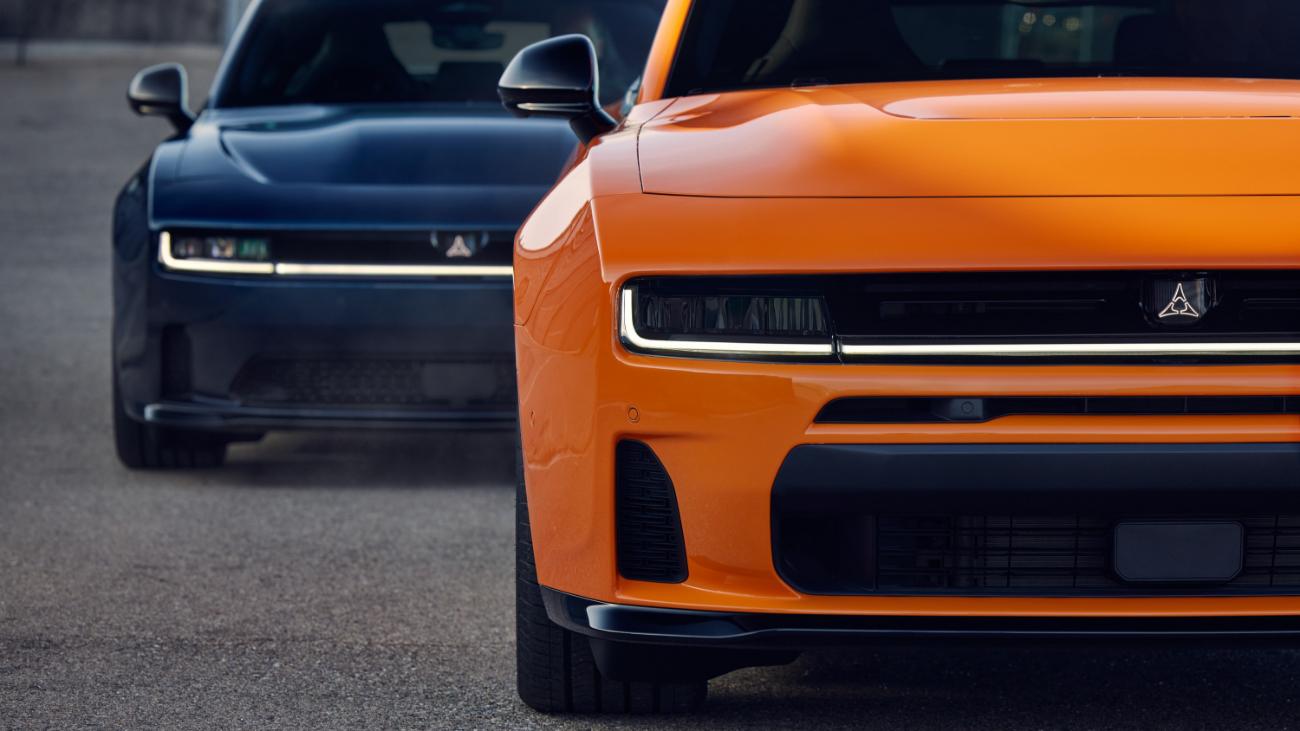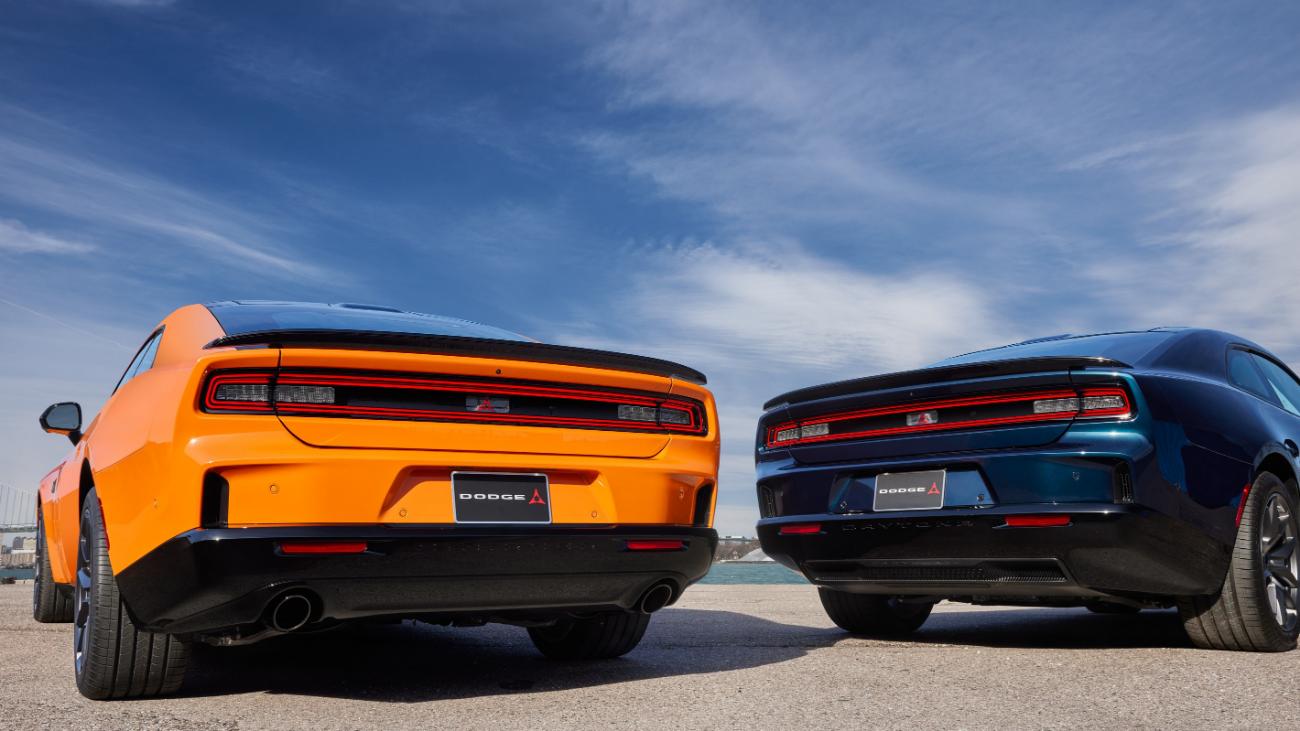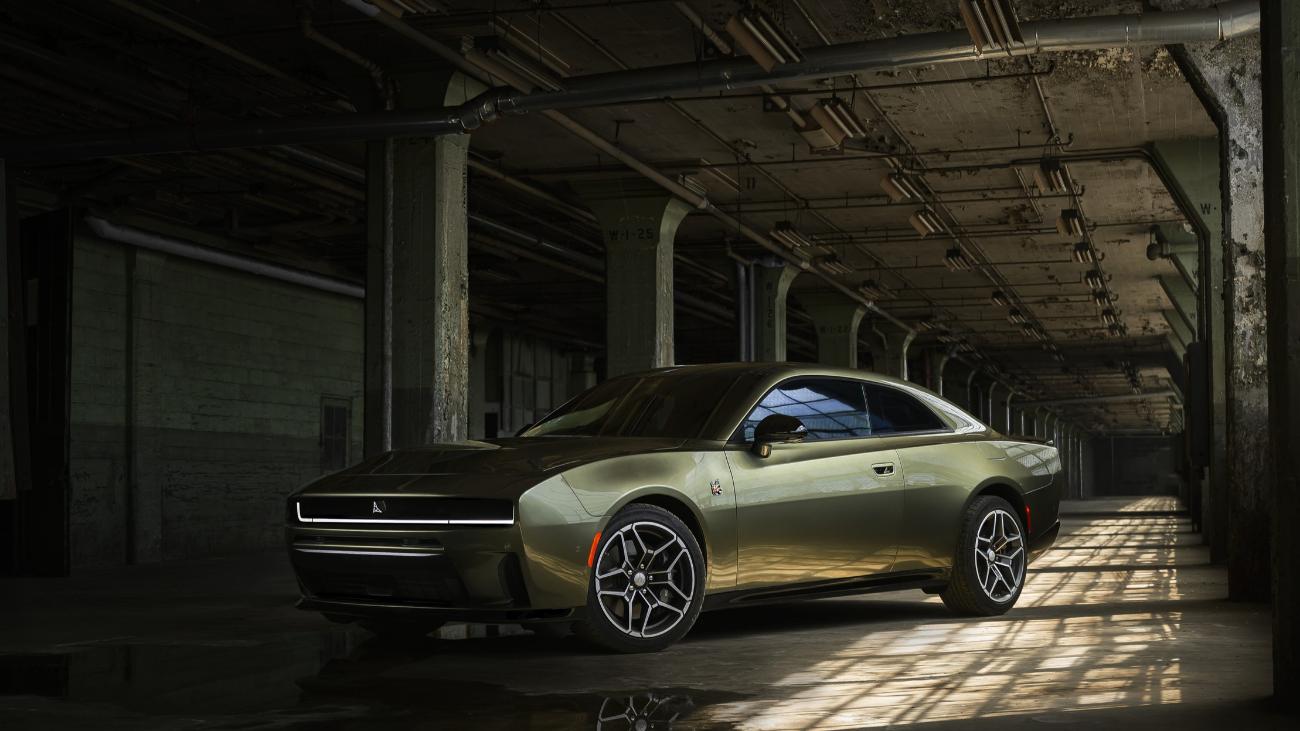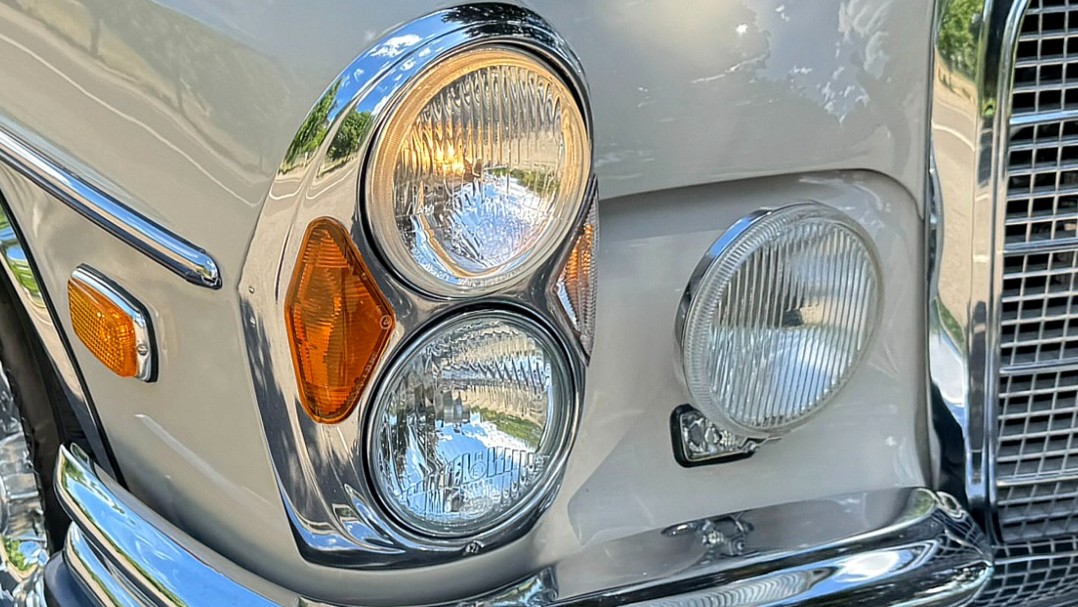Barrett-Jackson Chairman/CEO Craig Jackson and Chief Brand Officer Carolyn Jackson will showcase “Little Red,” the 1967 Shelby EXP500 prototype coupe alongside the “Green Hornet,” the 1968 Shelby EXP500 prototype coupe at the Shelby American Automobile Club (SAAC) 50th Anniversary event at Sonoma Raceway, August 21-24, 2025. This will be the second time the two legendary muscle cars will be on display together – the first being their public unveiling at the Barrett-Jackson 2020 Scottsdale Auction. Little Red and Green Hornet both hold a pivotal place in Shelby American’s history, contributing to many technological advancements seen on many modern vehicles today.
In August 1966, just months after Ford’s legendary triumph over Ferrari at Le Mans, a unique request was made by Shelby American to the San Jose Ford plant: three Mustangs, a convertible, a fastback, and a coupe. That coupe would go on to become “Little Red,” the only notchback ever built by Shelby American in Los Angeles. Designed as an experimental prototype, Little Red became a testbed for innovation. Carroll Shelby, alongside Shelby American’s Chief Engineer Fred Goodell and their team, used the car to push boundaries, combining Ford’s powerful 428ci engine with their bold vision of a street-legal Mustang with track-ready performance – something that could overtake Ferrari on the streets.
Little Red, a double prototype, holds a singular place in Mustang history as the only 1967 coupe factory-equipped with Ford’s formidable 428ci engine and the very first coupe to receive it. Even more remarkably, it remains the only GT coupe ever ordered and built with factory-installed dual-quad carburetors. Its rarity doesn’t stop there: Little Red is one of just two known 1967 GT Mustangs to feature a black Connolly leather interior, the other being the convertible delivered to Shelby alongside it. In terms of production sequence, Little Red was the second GT500 to be serialized and completed, preceded by the fastback (serial number 0100) and followed by the convertible (0139).
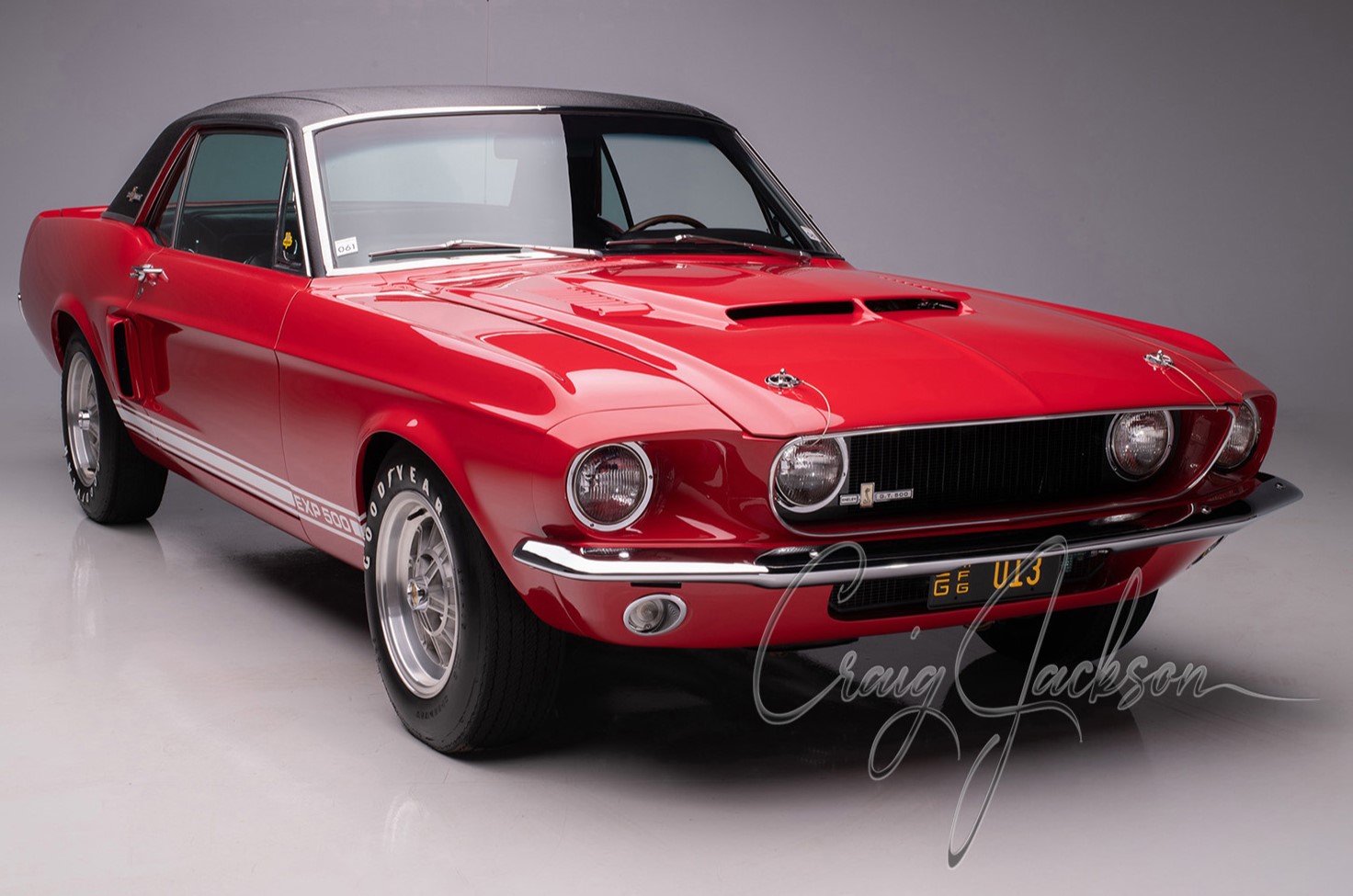
For decades, Little Red was believed to be lost to history, presumed crushed like so many prototype vehicles of its time. But in a remarkable twist, in 2018 the car was discovered in a field in rural North Texas, where it had quietly sat untouched for over 20 years. The search was led by Craig Jackson and classic car restoration expert Jason Billups, supported by a team of leading automotive historians and specialists. Their efforts revealed that Little Red had been re-skinned with many parts from a 1968 Mustang and sold rather than scrapped. It had remained with the same owner for more than two decades.
In poor condition but historically priceless, Little Red underwent a two-year restoration lead by Jackson and Billups using original Shelby schematics. Now fully restored, the car showcases features like twin Paxton superchargers, a reinforced C6 transmission, an electric antenna and its signature Candy Apple Red paint from the height of its experimental past, cementing its legacy as one of the most significant Shelby prototypes ever built.
What makes the Green Hornet truly one of a kind is its status as a “double prototype.” Originally built at the Dearborn Assembly Plant in the fall of 1967, this 1968 Mustang notchback coupe began life as a prototype for Ford’s nation-wide version of the California Special, initially known as the GT/Super Coupe program. In early 1968, the car was handed off to Carroll Shelby and his team, who transformed it into the experimental 500 (EXP500). Under Shelby’s direction, the Green Hornet received a host of unique, performance-focused upgrades, including a 428ci CJ-X big-block V8, Conelec fuel injection, independent rear suspension built by Ford Advanced Vehicles from the Daytona coupe, and 4-wheel disc brakes, all wrapped in a distinctive and aggressive appearance (including it’s electric antenna) that set it apart from anything else on the road.
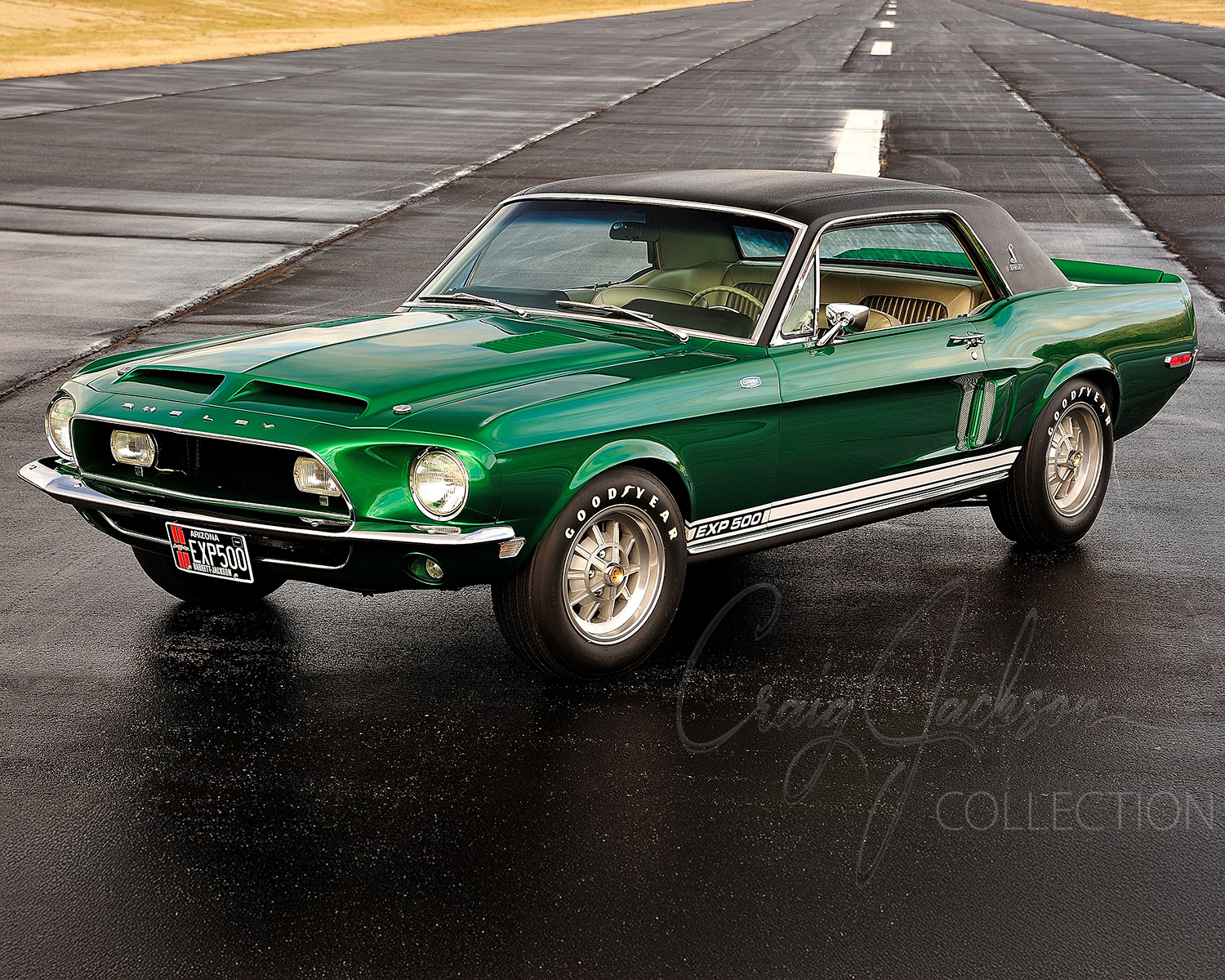
At the request of Goodell the EXP500 was turned over to in-house custom painter Sonny Fee, who applied a striking, one-of-a-kind Candy Apple Green finish. This bold color choice played a key role in earning the car its iconic nickname, the “Green Hornet.” Beyond its show-stopping appearance, the Green Hornet served a critical role as a prototype test mule for Shelby, making it the second known Mustang notchback documented by Shelby and earning its dual prototype status during its development
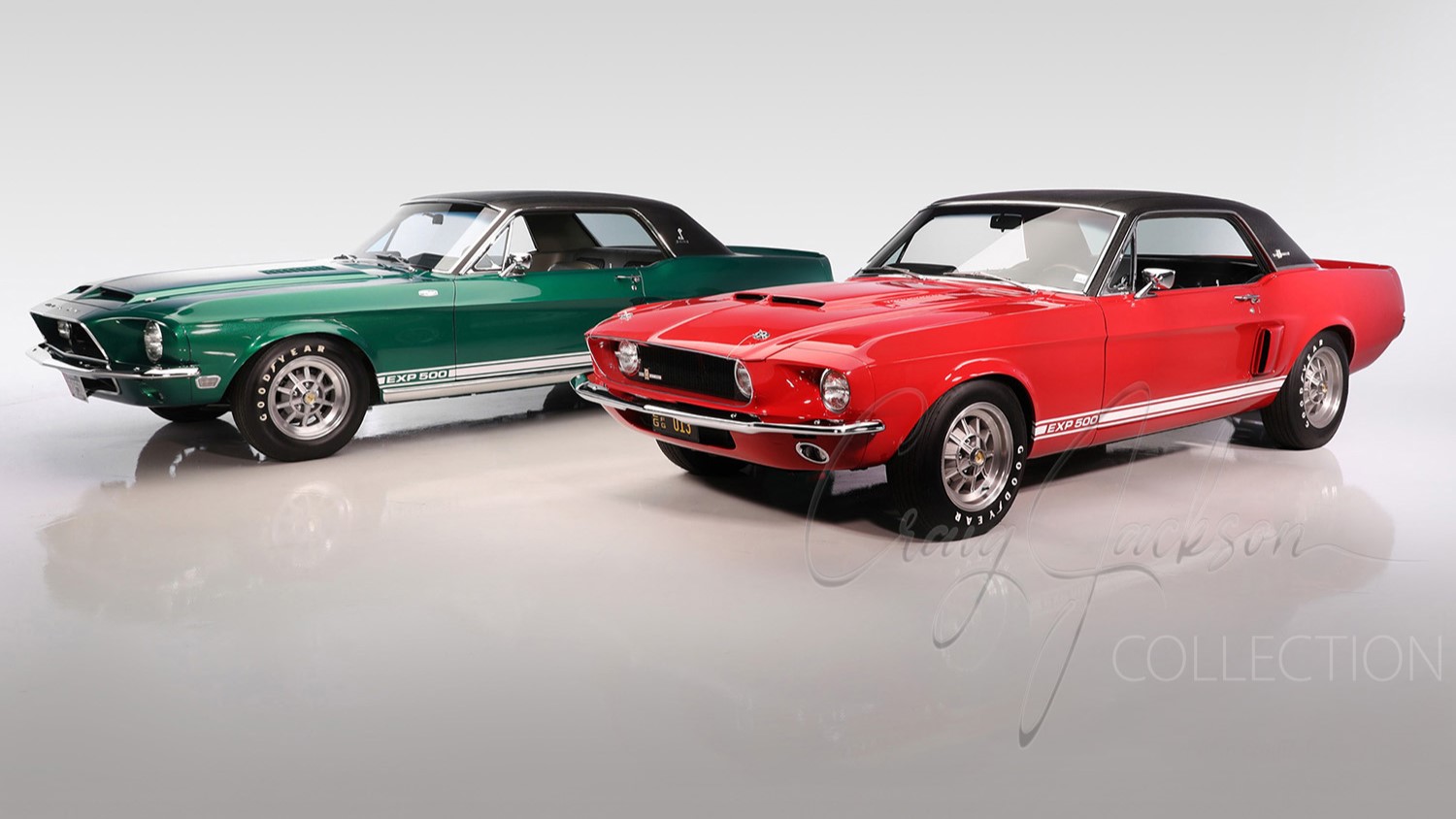
Like its sibling Little Red, the Green Hornet was long believed to have been lost to history and crushed like so many other prototypes of its era. Restoring the Green Hornet was a deeply personal and historically driven mission for Craig Jackson, who approached the Shelby prototype’s revival with an unwavering commitment to authenticity. Jackson and Billups researched and sourced original components, including tracking down the one-off independent rear suspension system. Equally challenging was the recreation of the car’s pioneering and incredibly innovative Conelec electronic fuel injection system, a feat made possible through the expertise of Chris Long, whose father designed the original unit. Using his father’s notes and technical drawings, Long successfully reverse-engineered the system, reviving a key piece of Shelby innovation. The restoration also uncovered a remarkable surprise: the Green Hornet still retained its original engine used during Shelby’s development phase. To complete the project with period-correct precision, Jackson sourced an original paint chip from the underside of the hood that had not been stripped to recreate the car’s distinctive Candy Apple Green, applying it over Lime Gold base just as it had been done in 1968, overspray and all.
Little Red and the Green Hornet have only been shown to the public together one other time, making this appearance at SAAC August 21-24 in Sonoma, a special and rare opportunity for enthusiasts to take in these pieces of automotive history that changed the landscape of performance.
To learn more about Little Red or the Green Hornet, visit ShelbyPrototypeCoupes.com or watch the full-length documentaries on YouTube.

